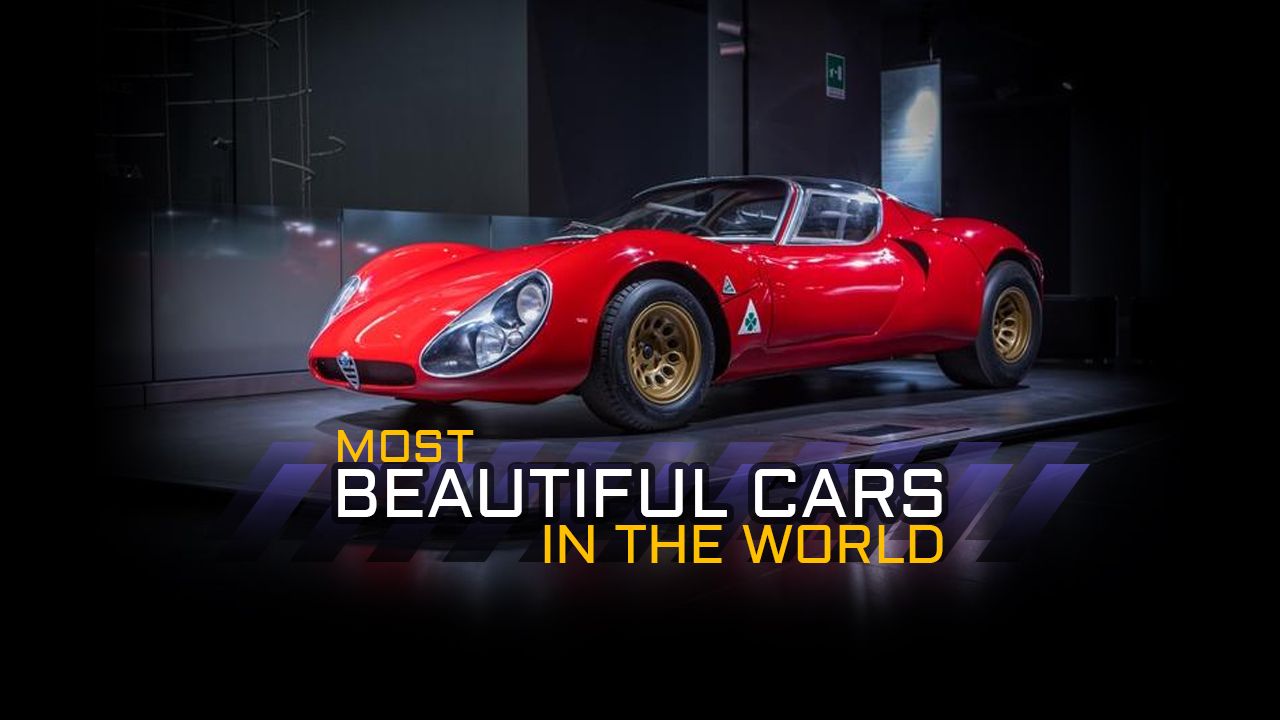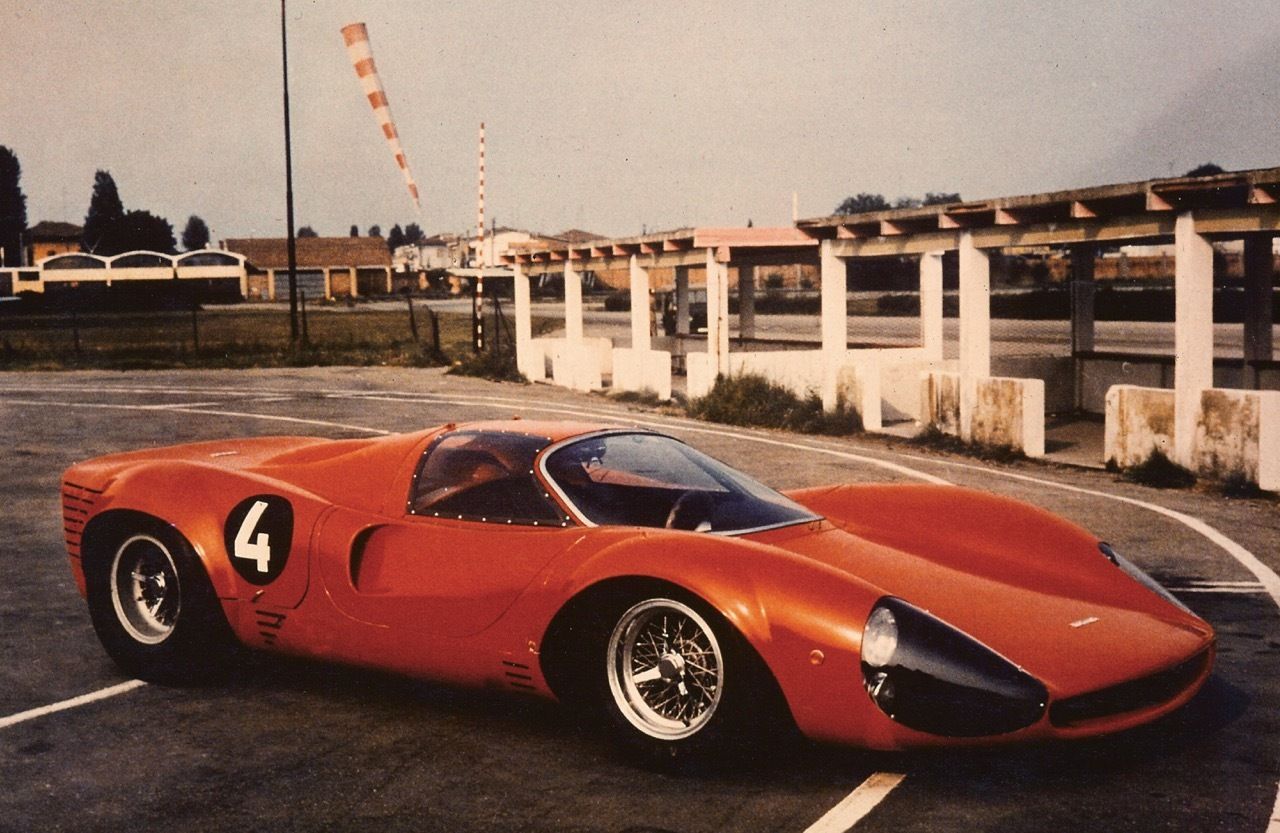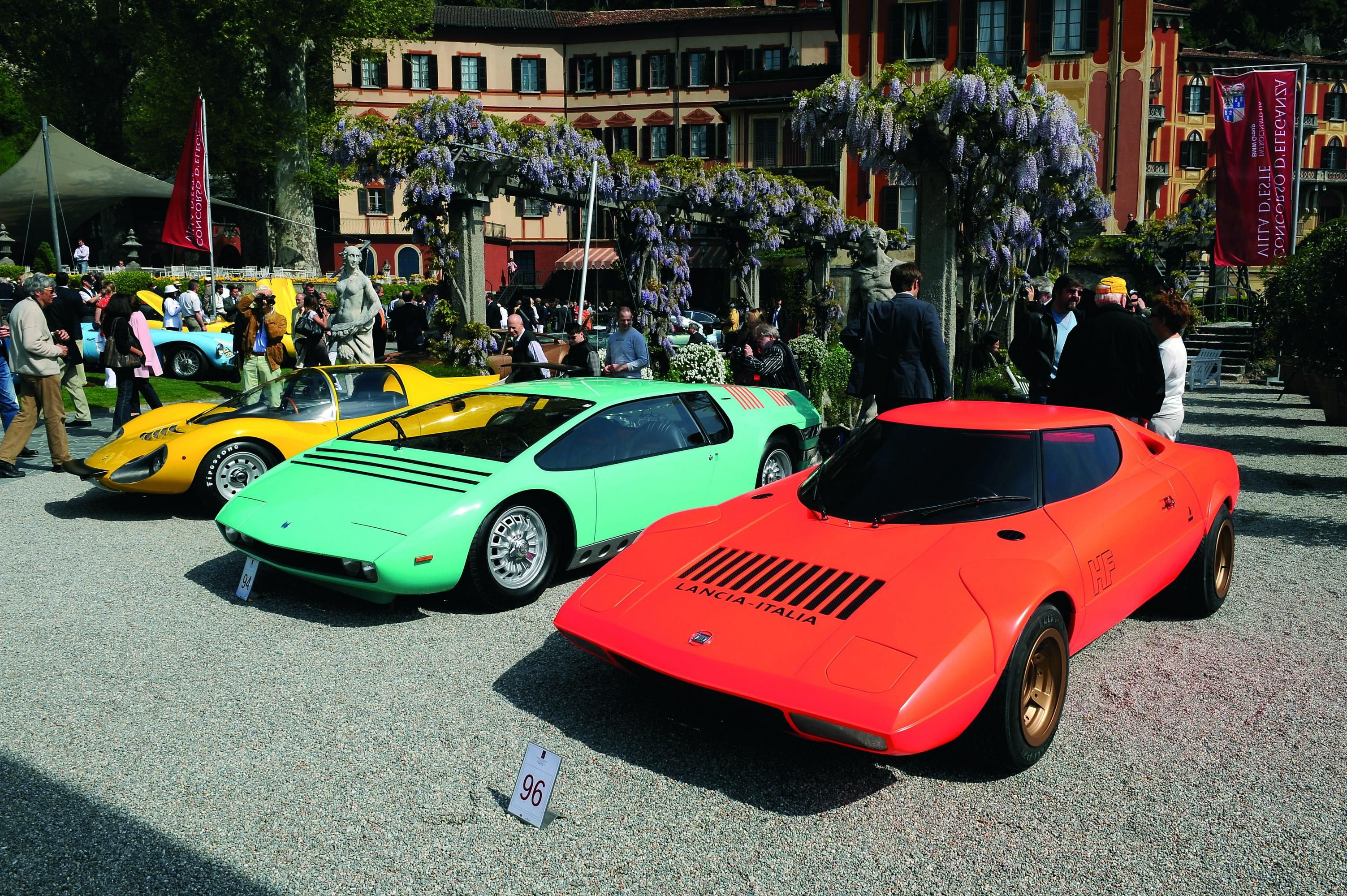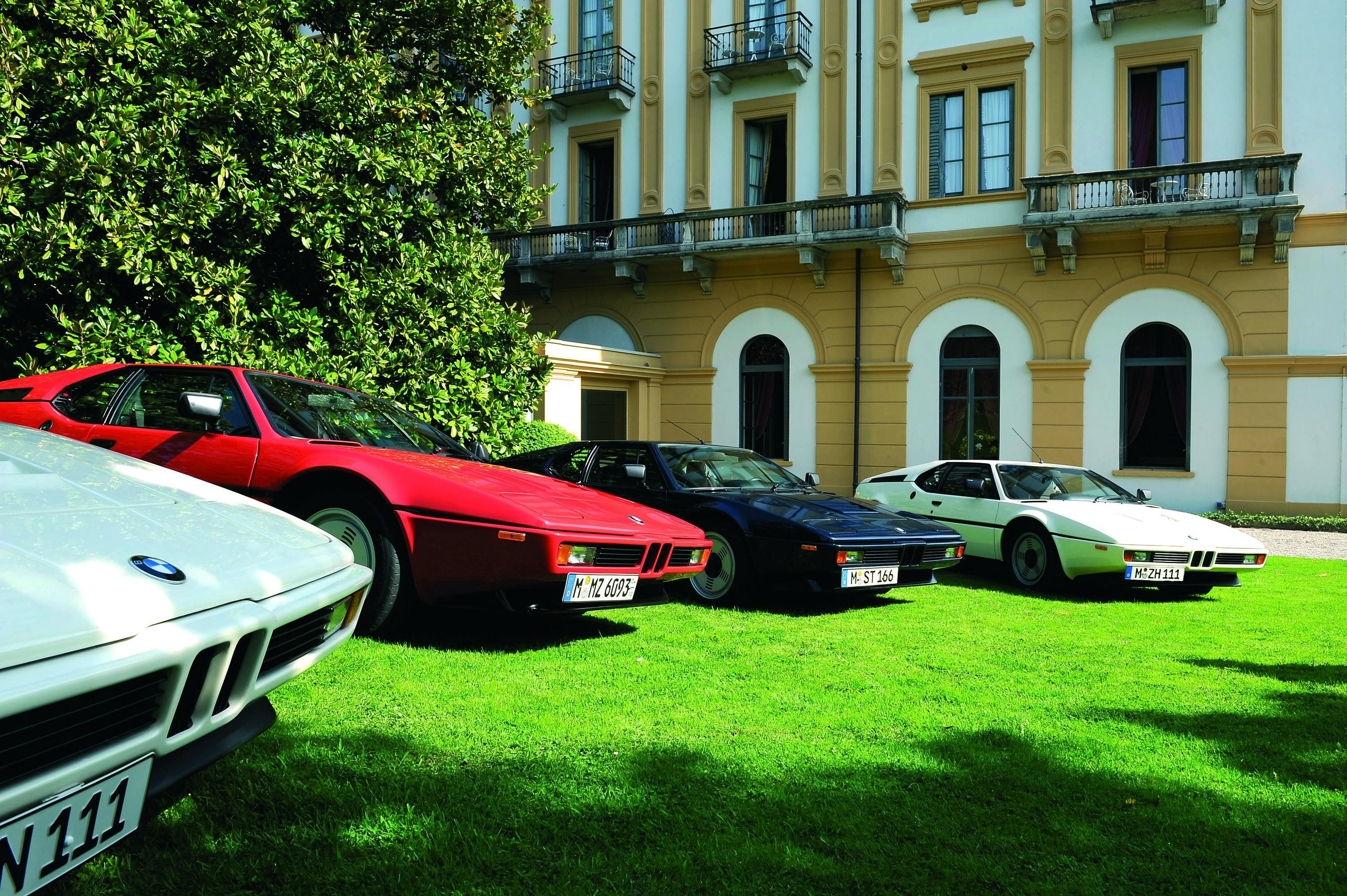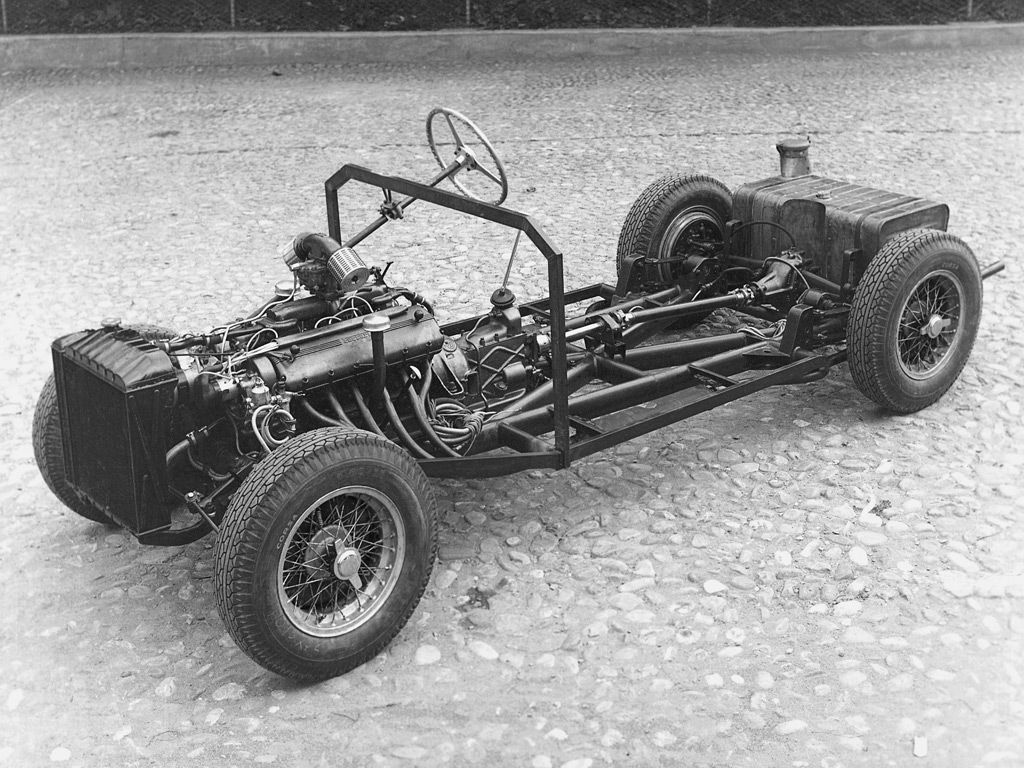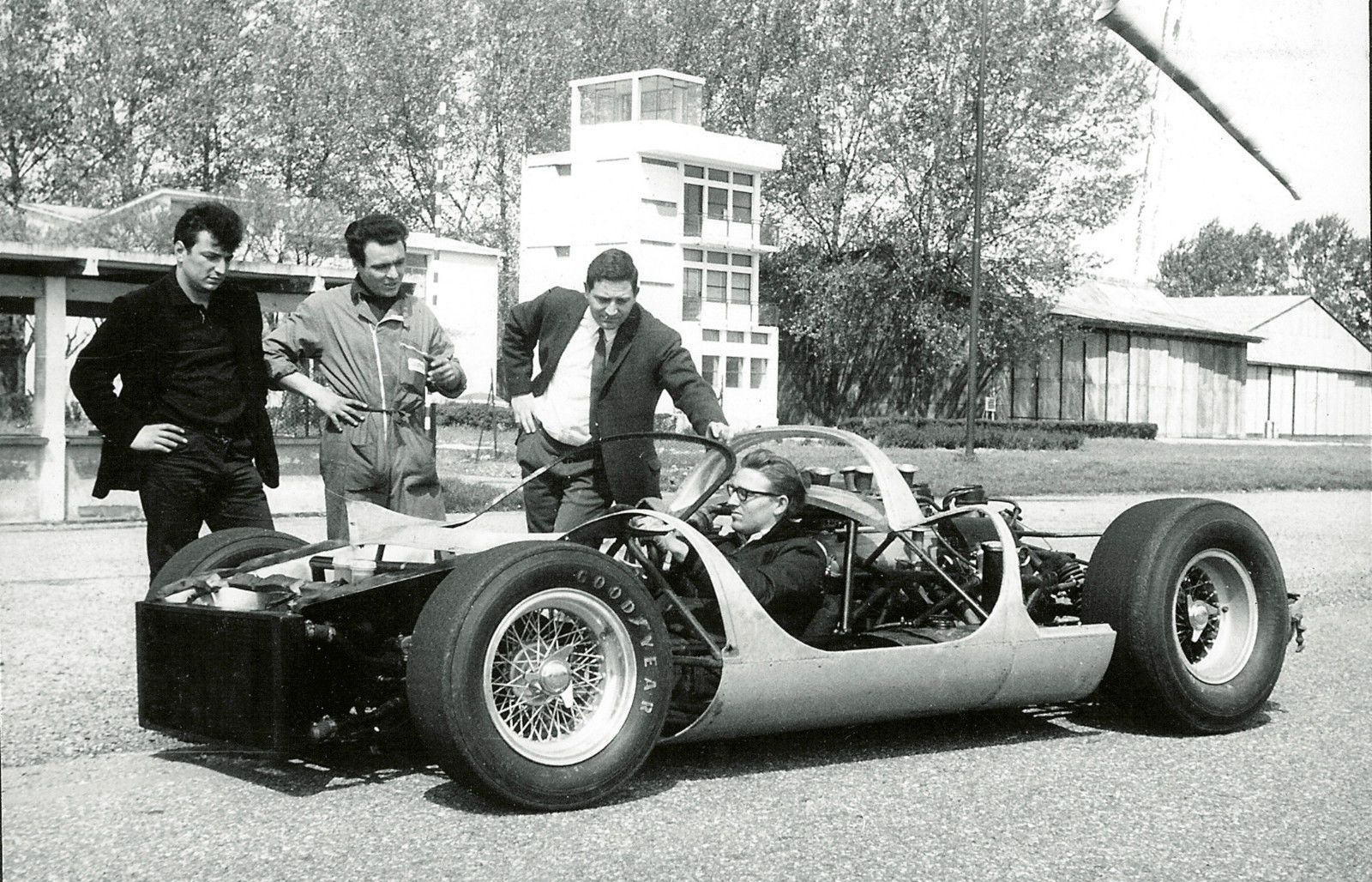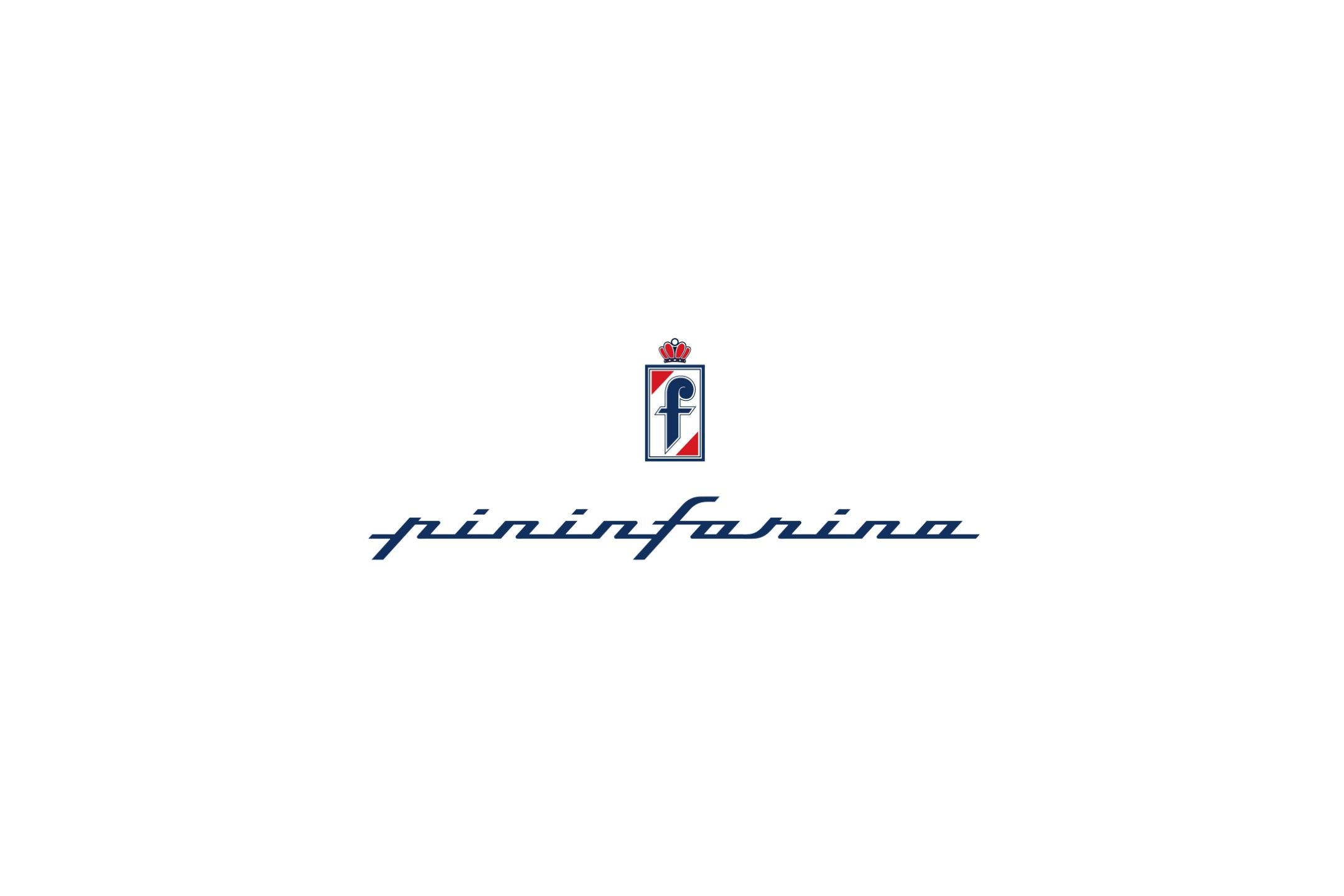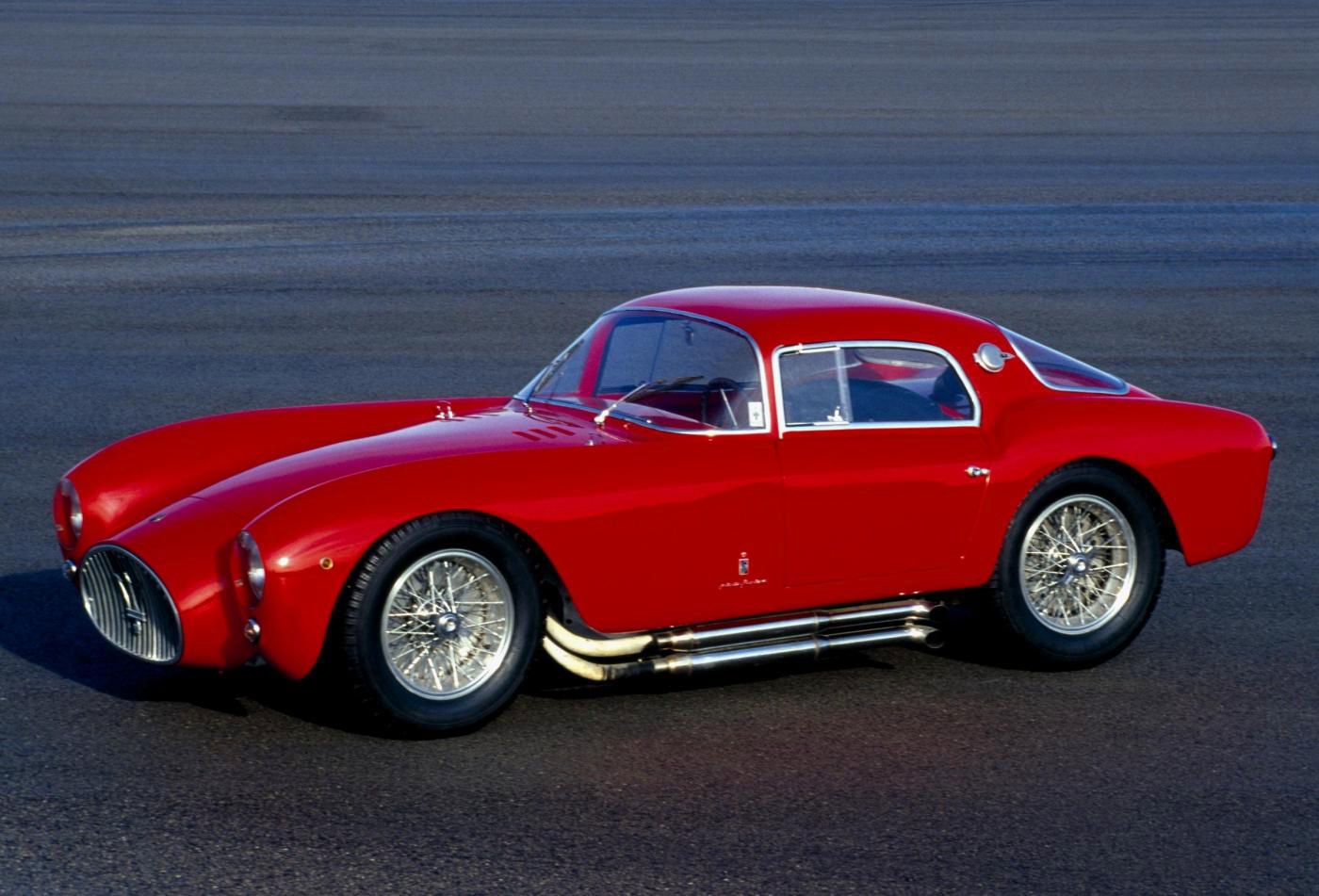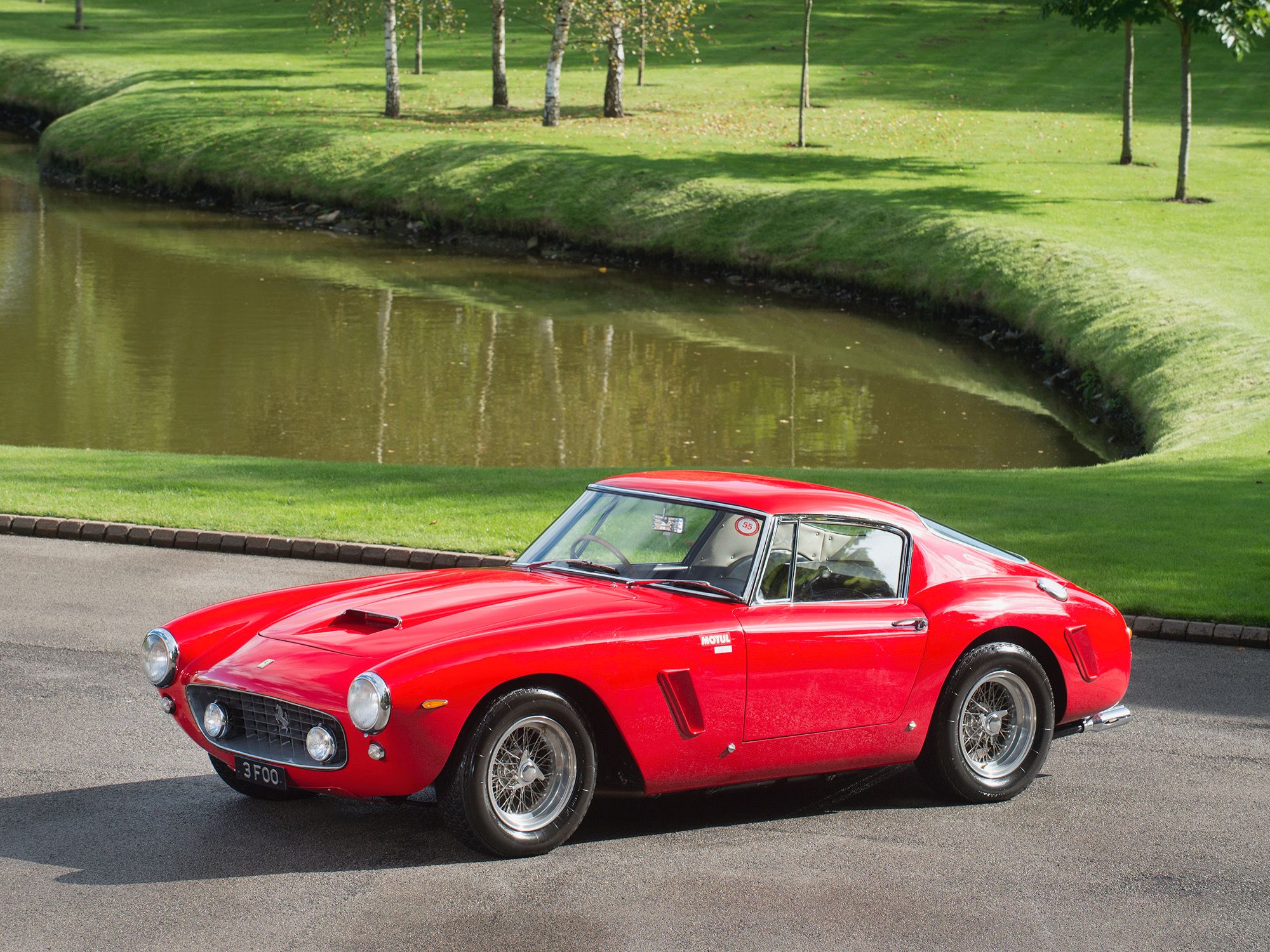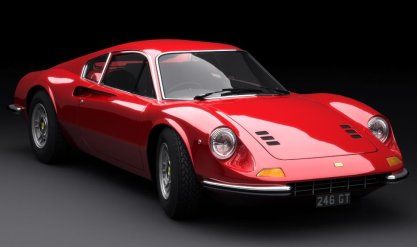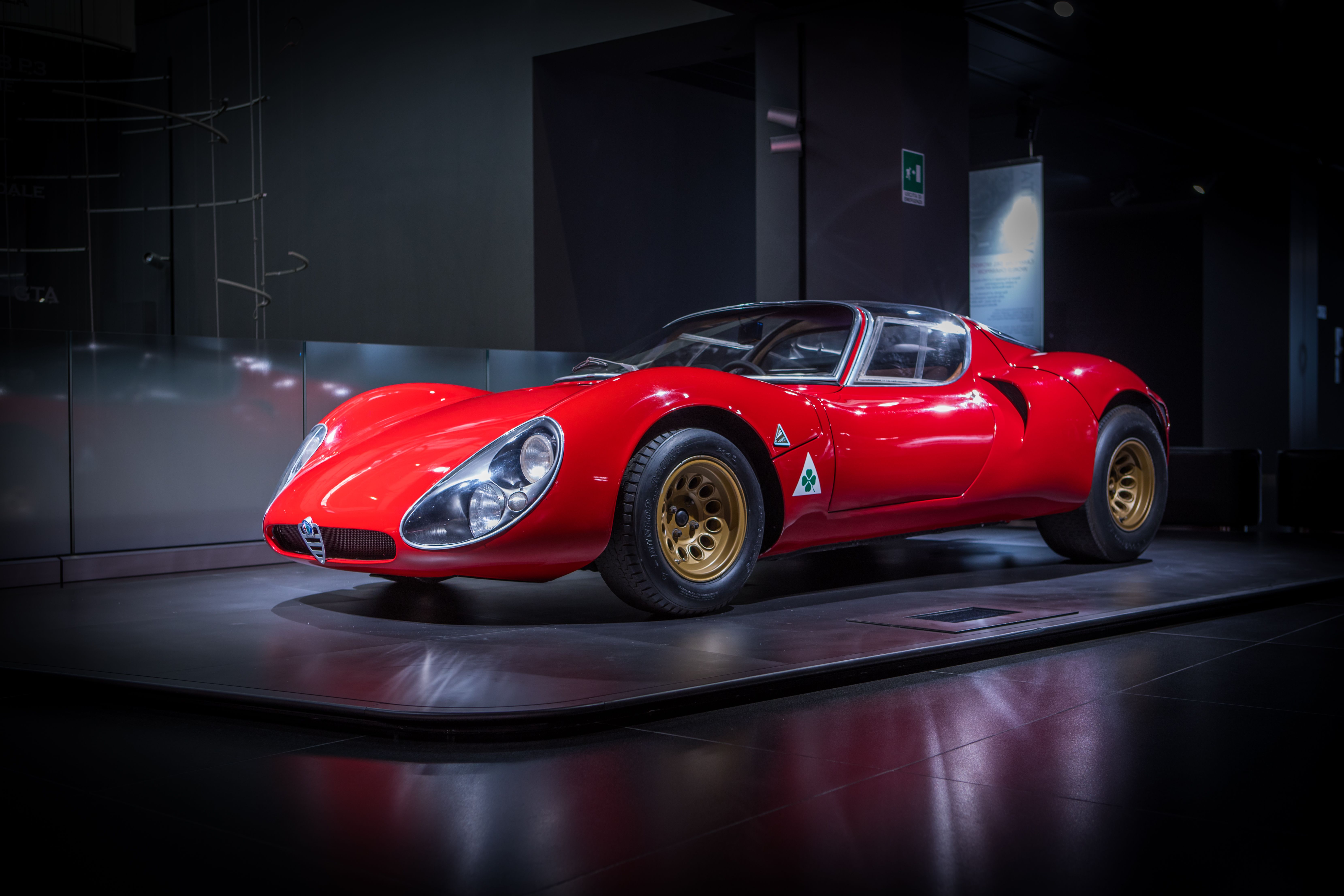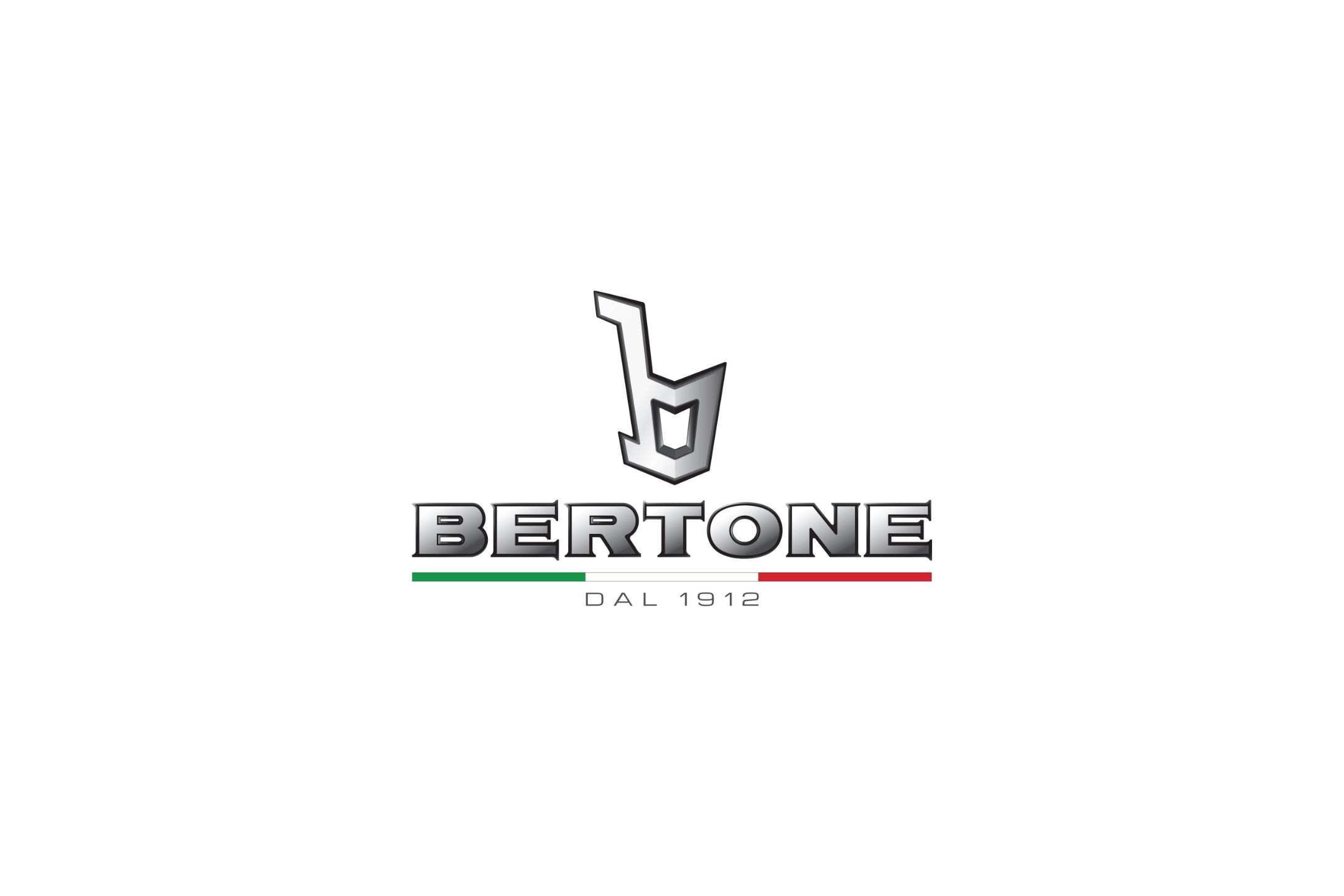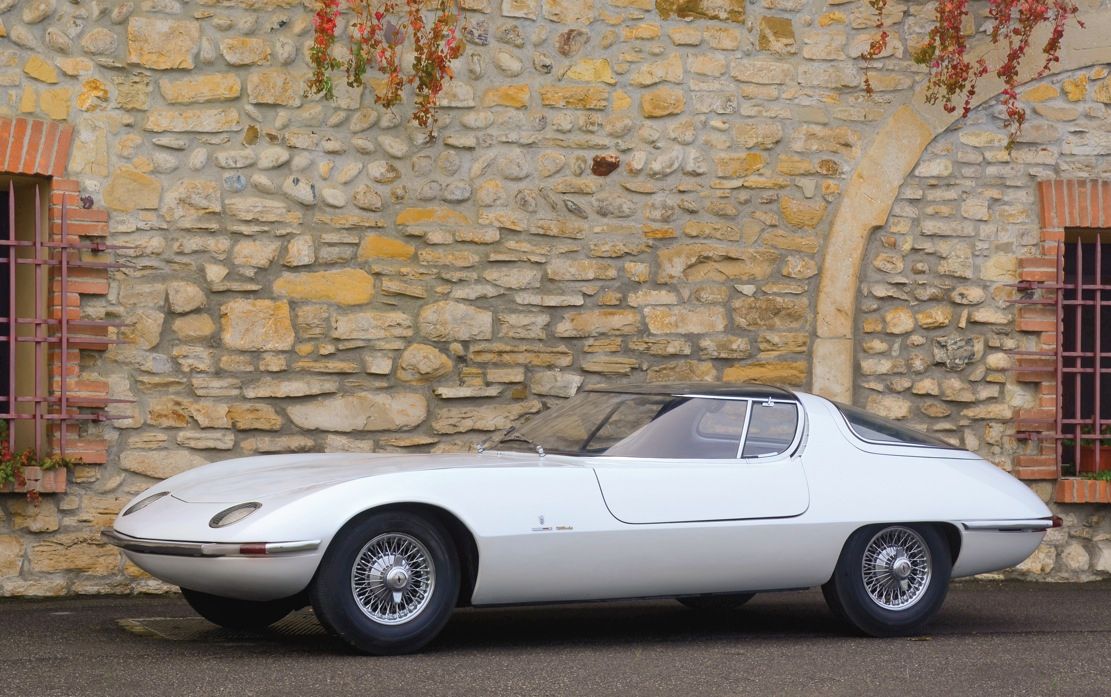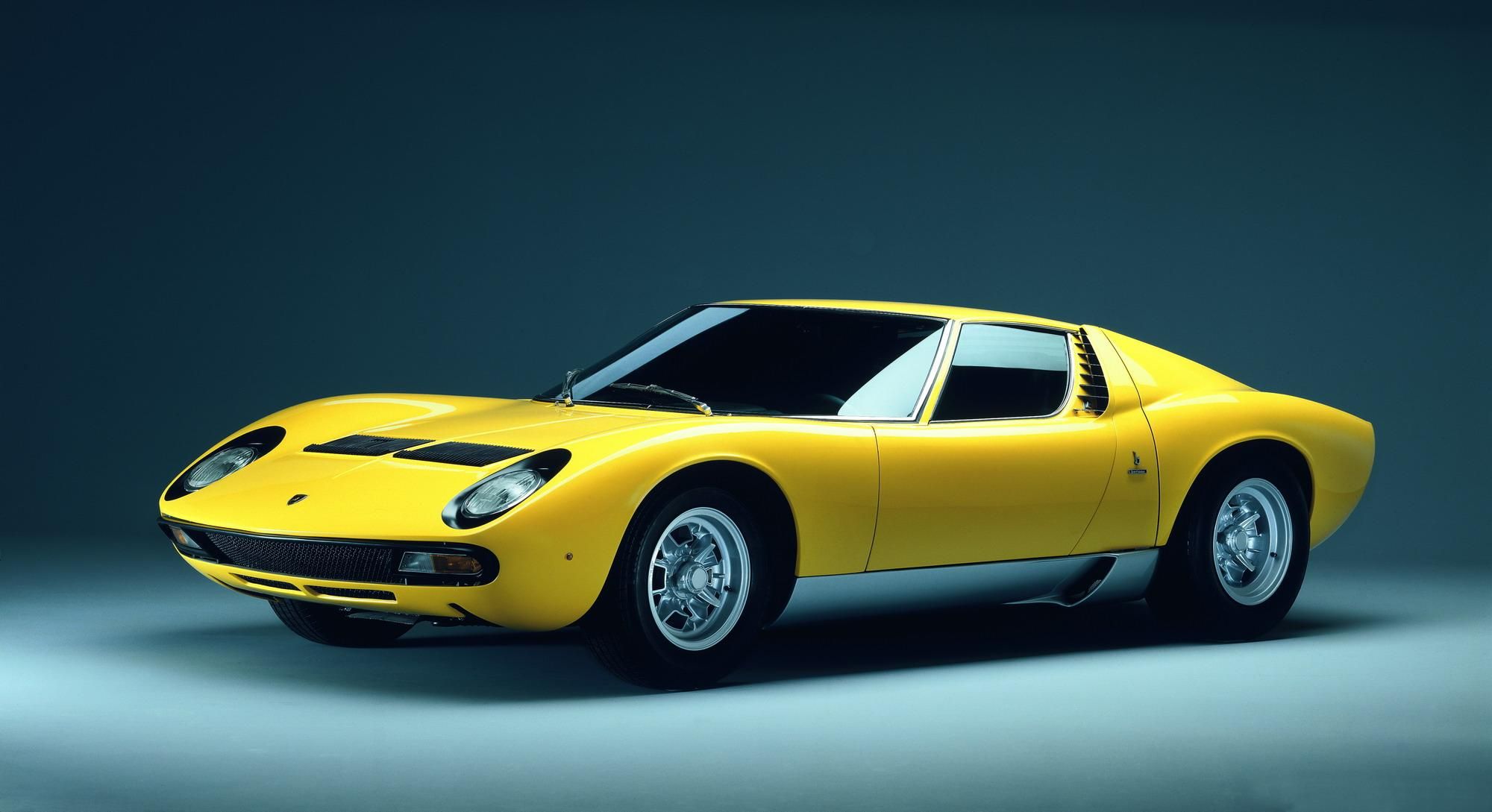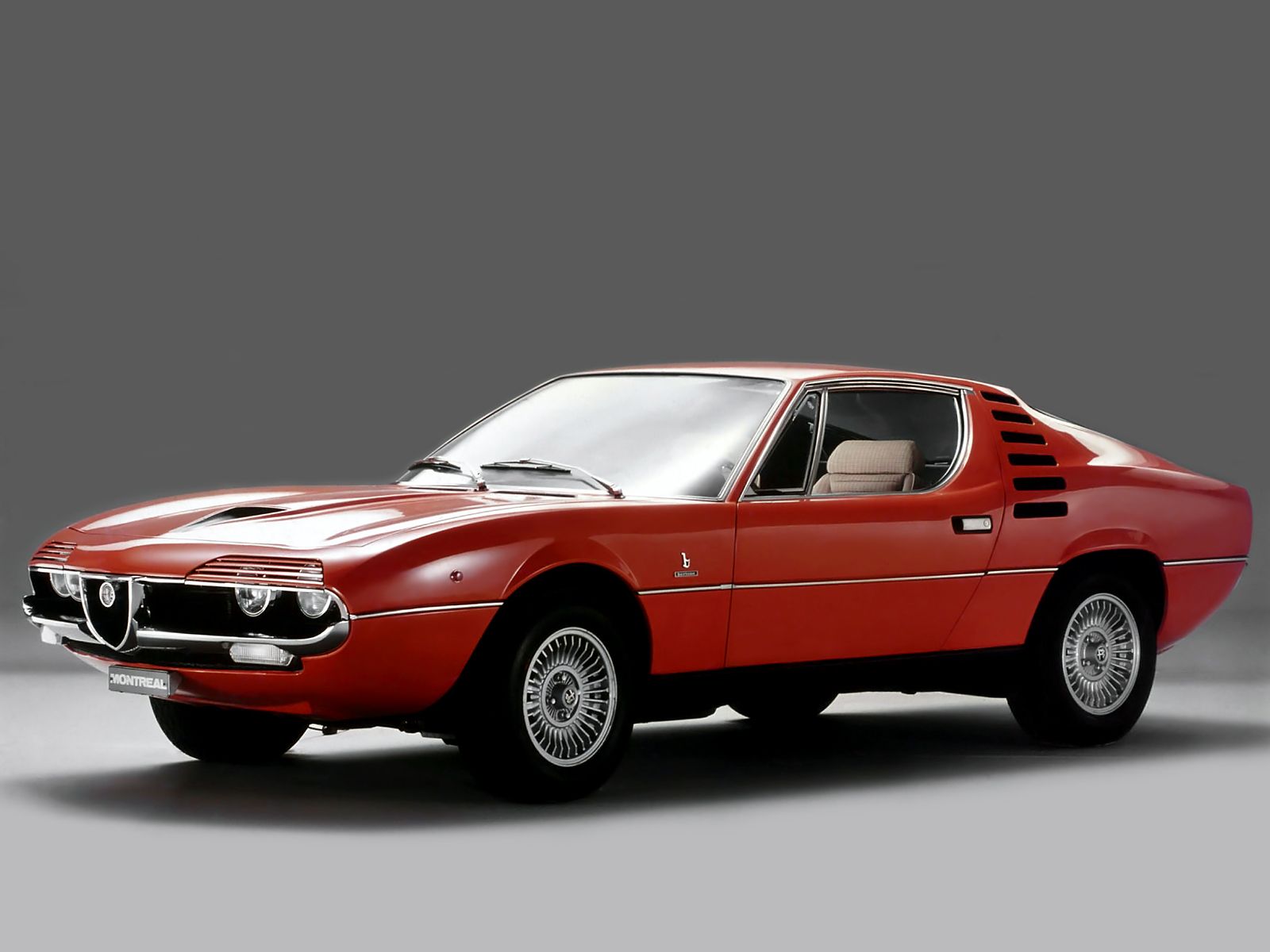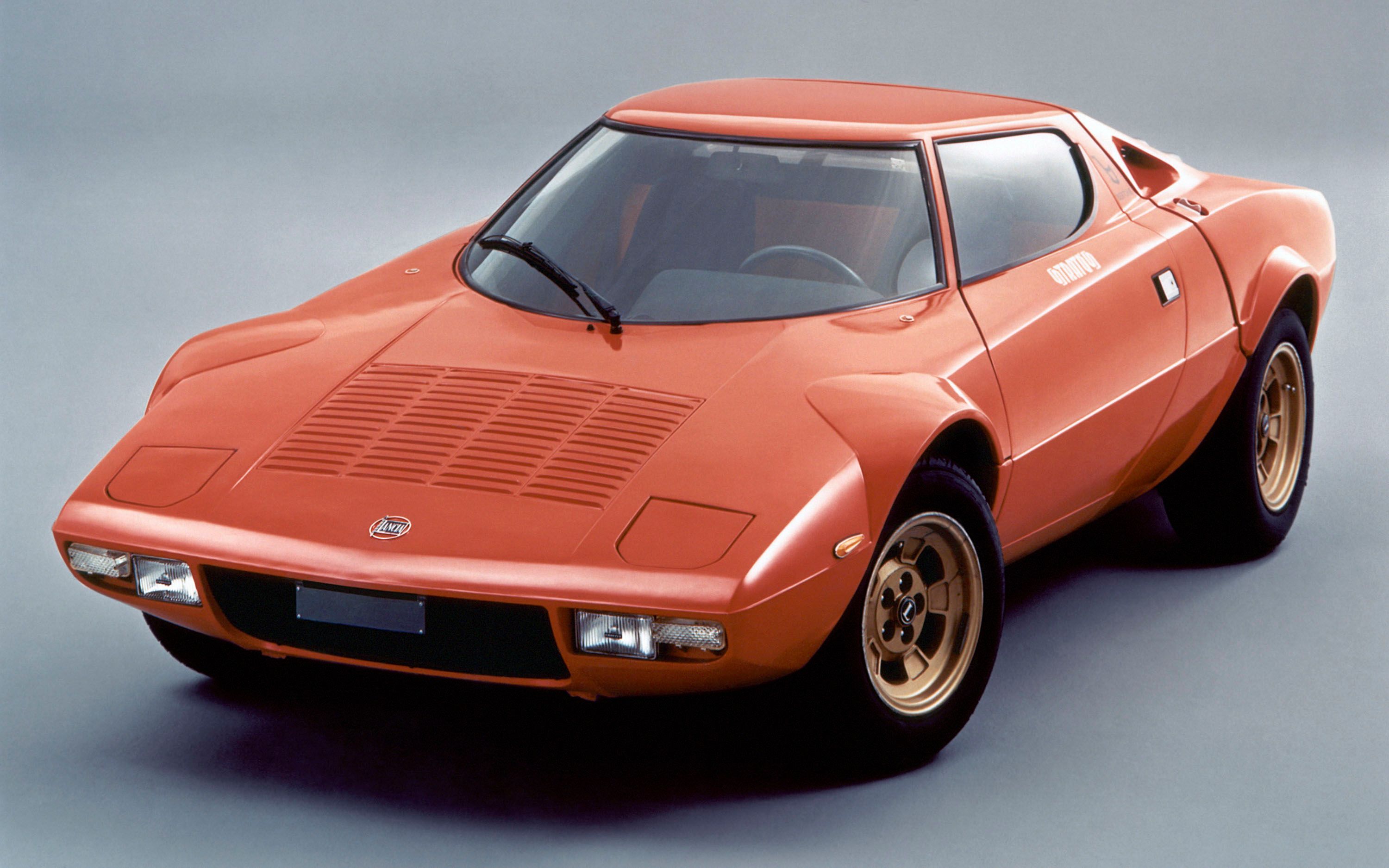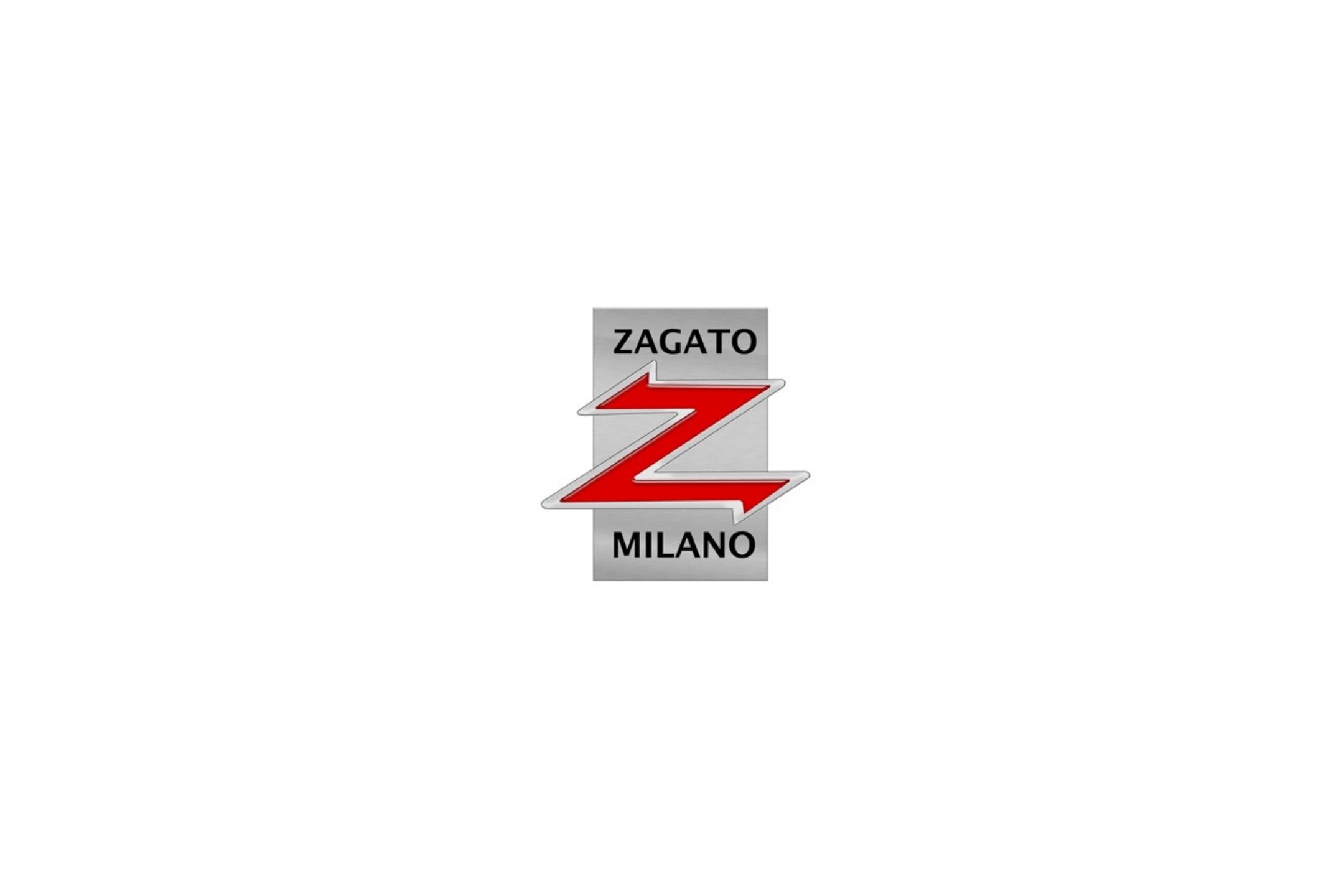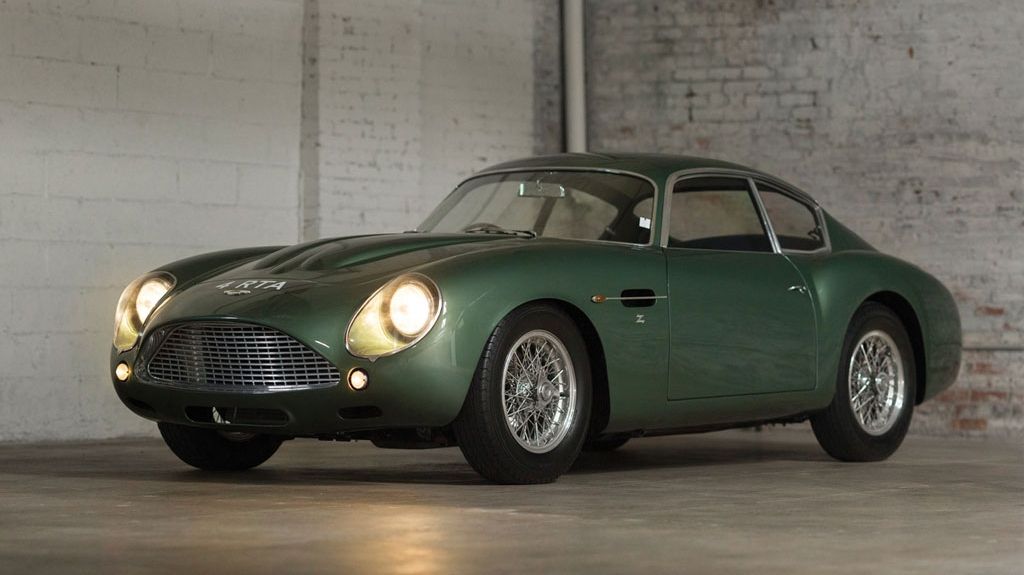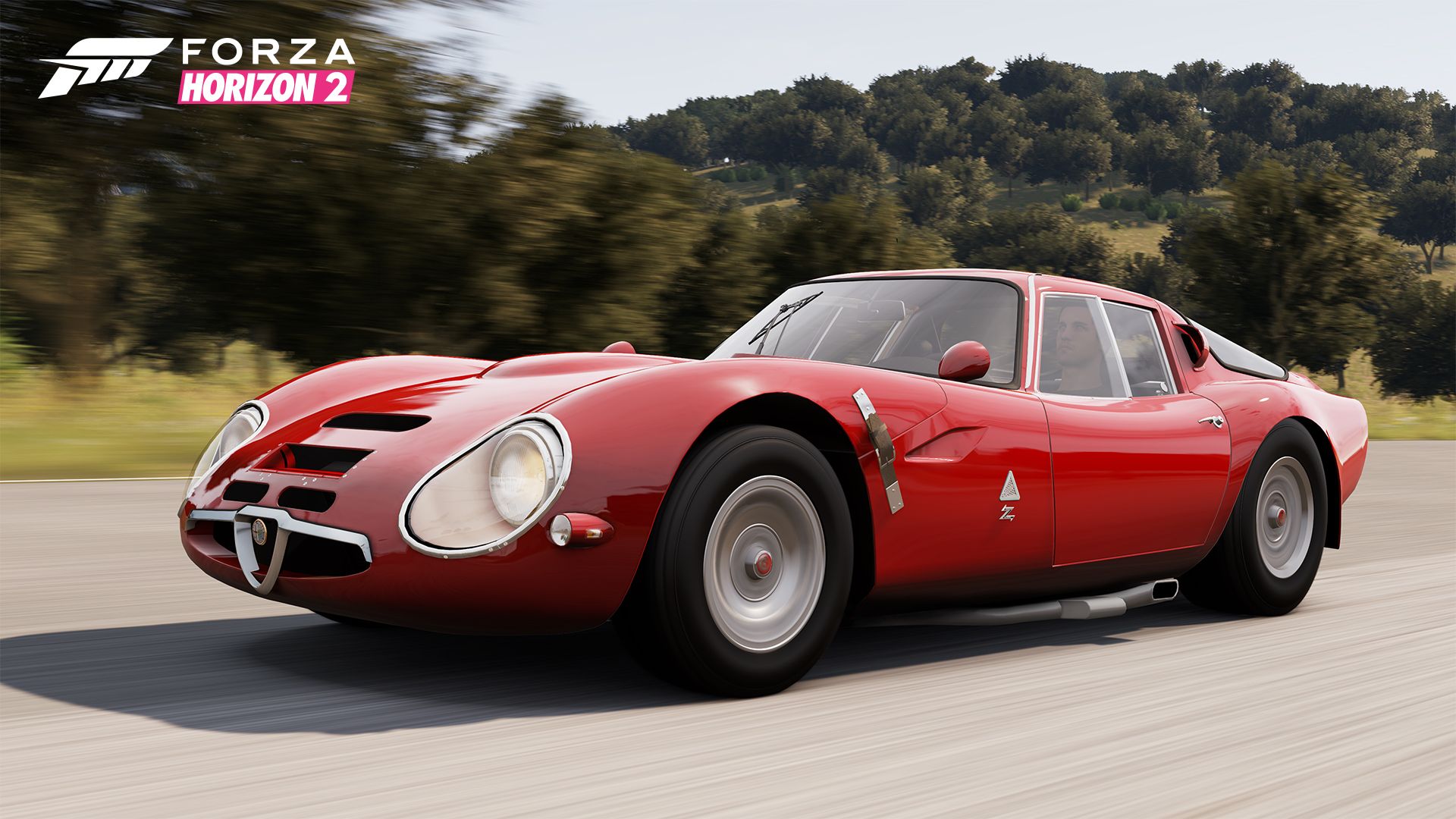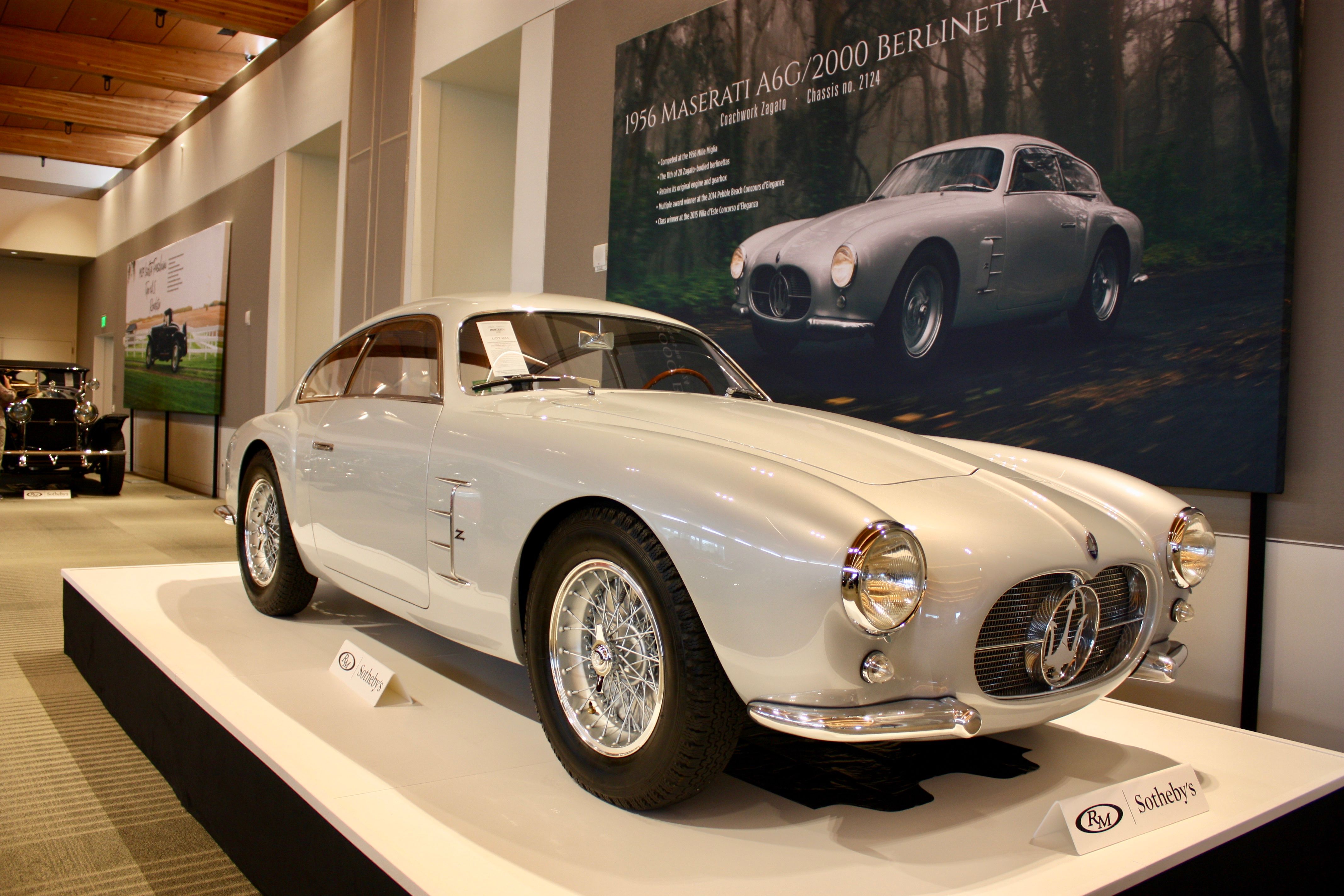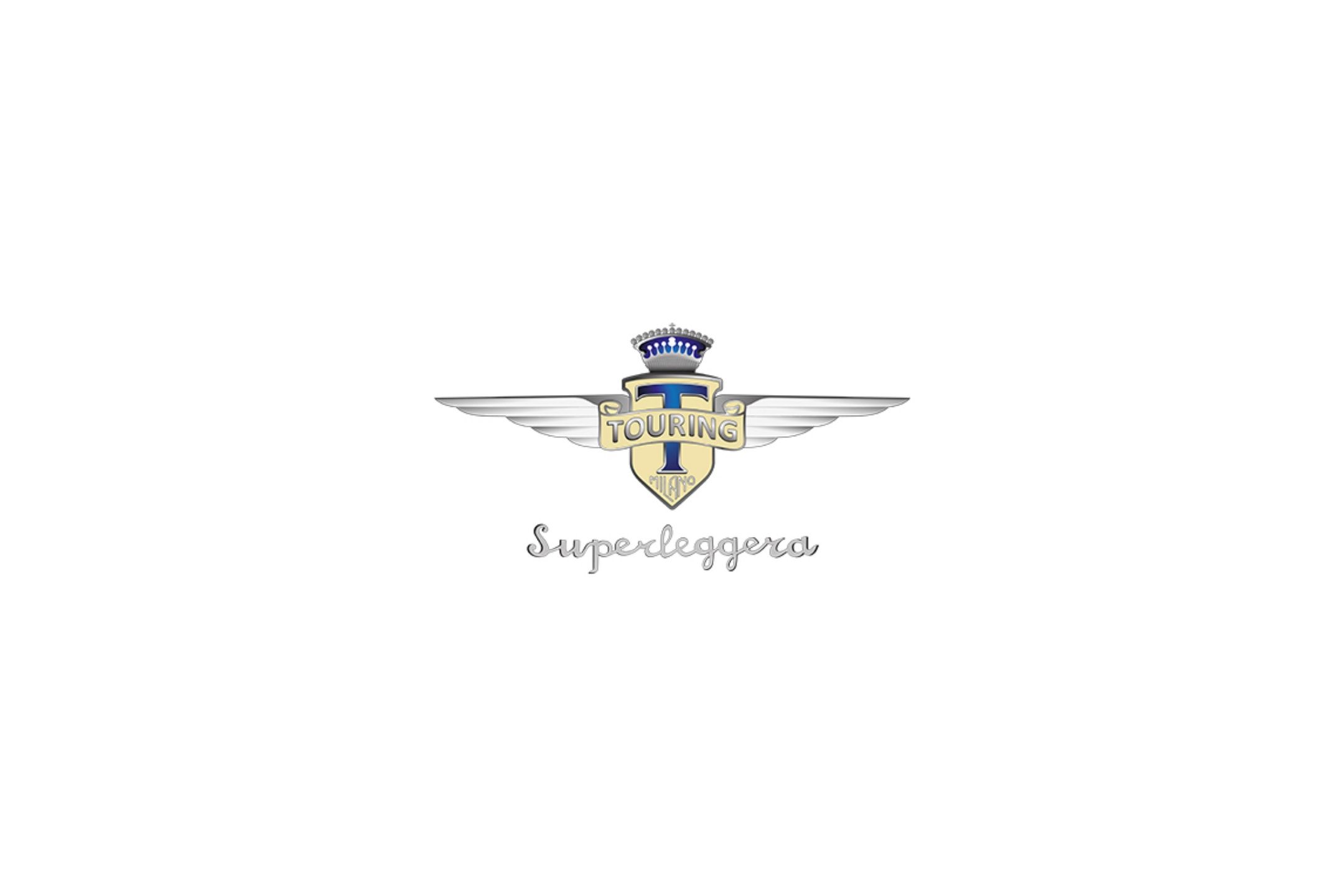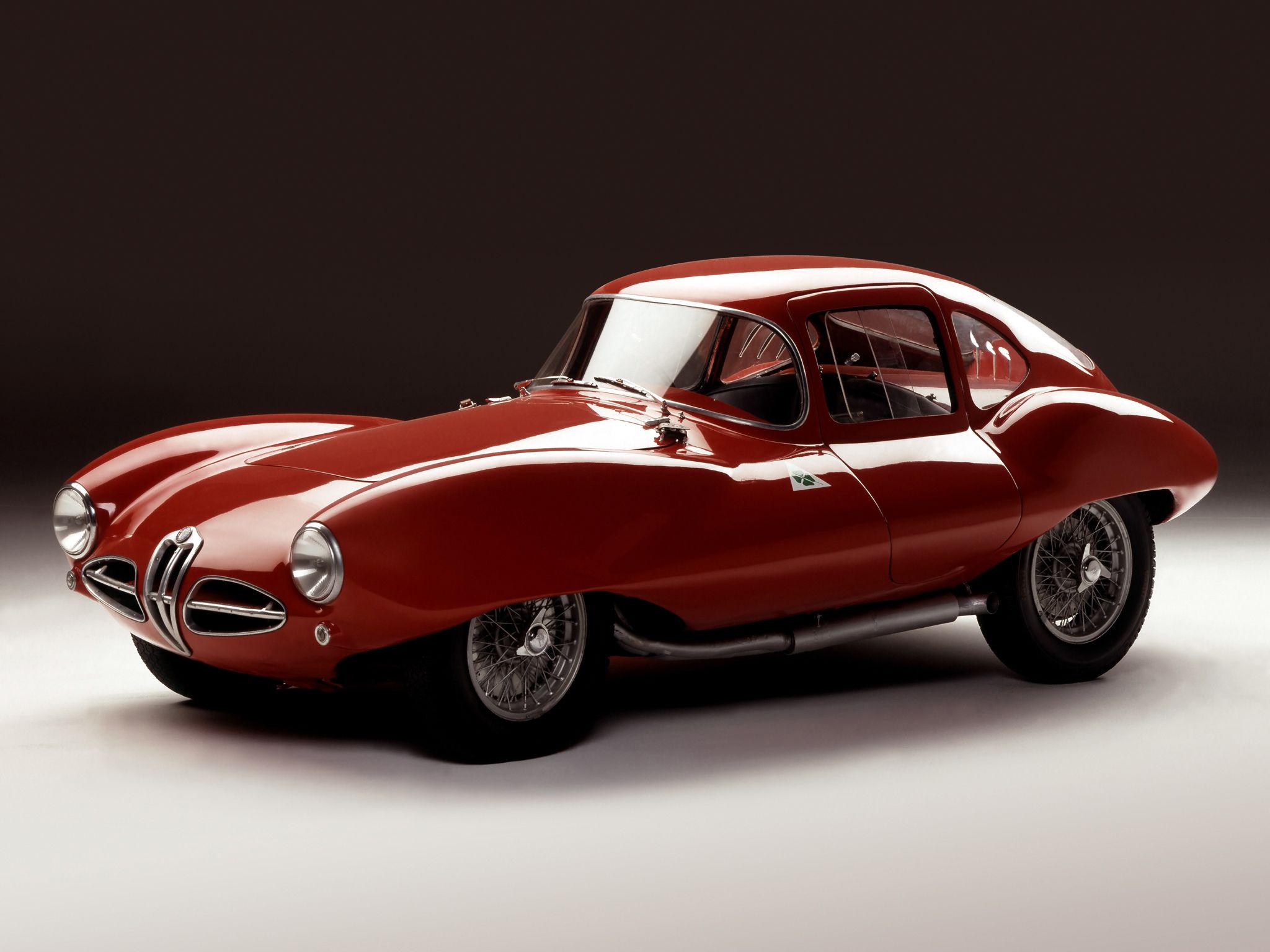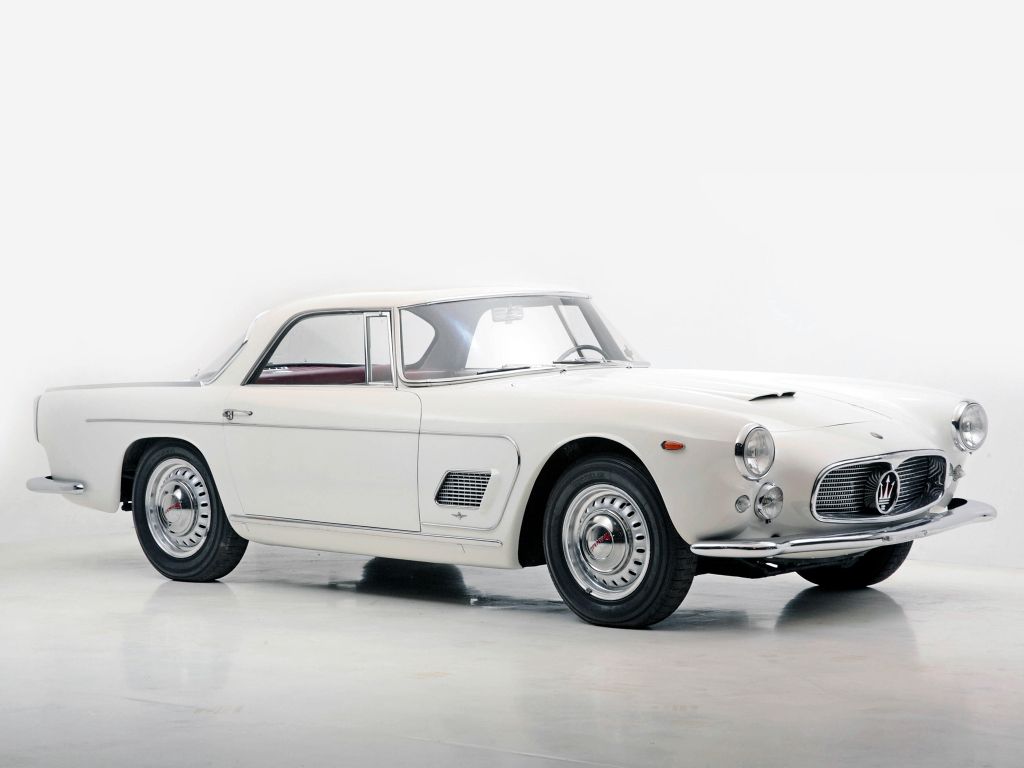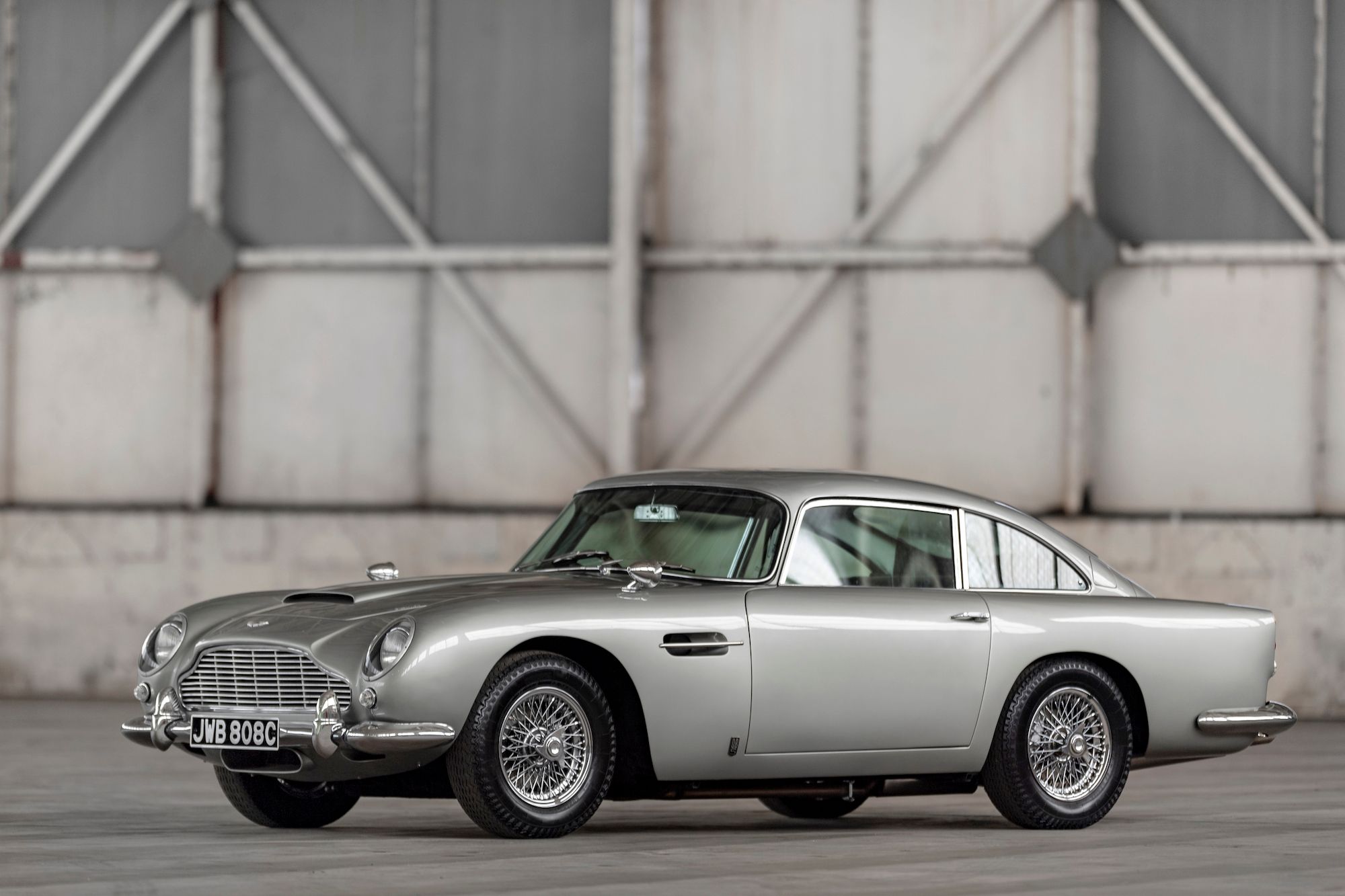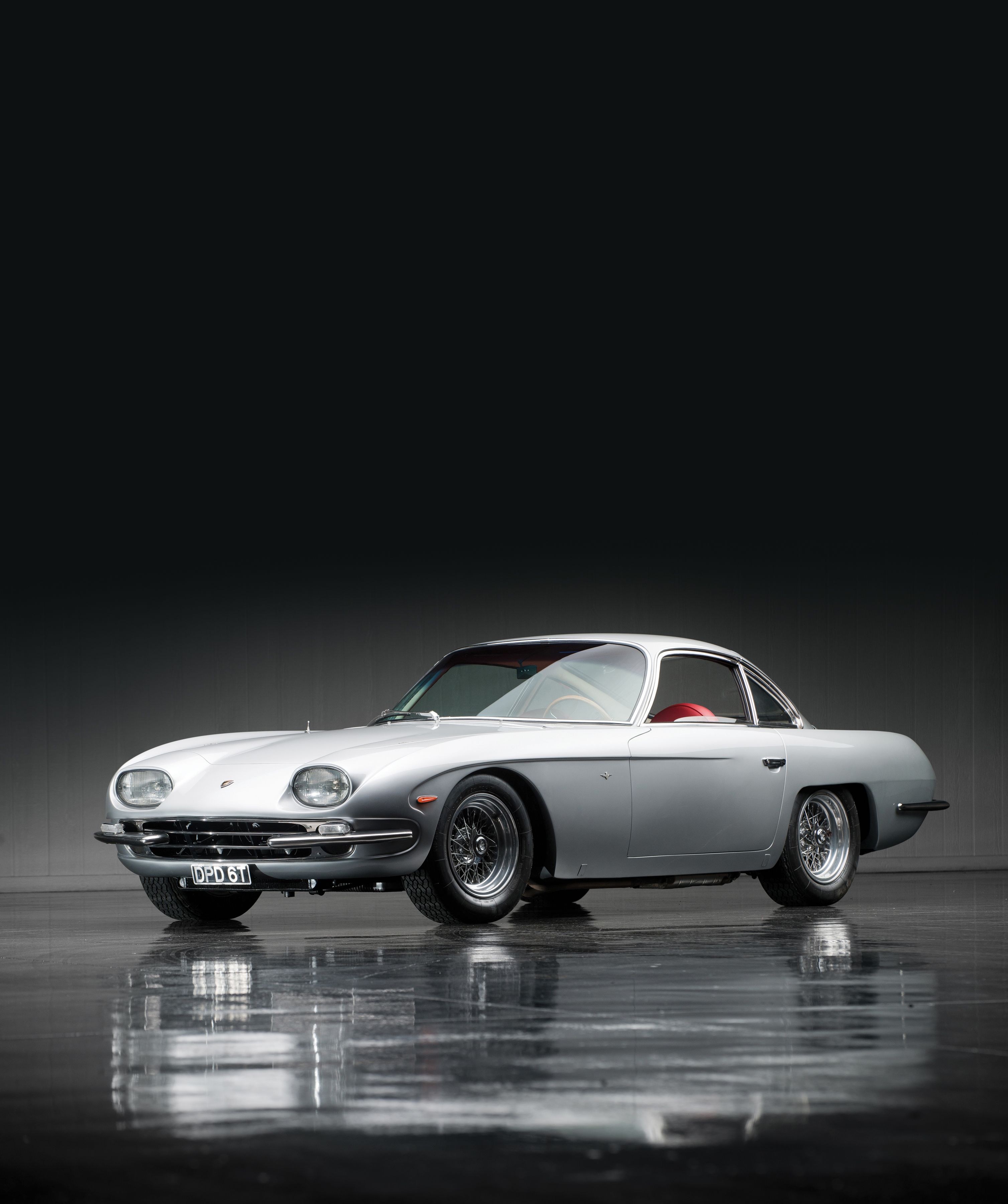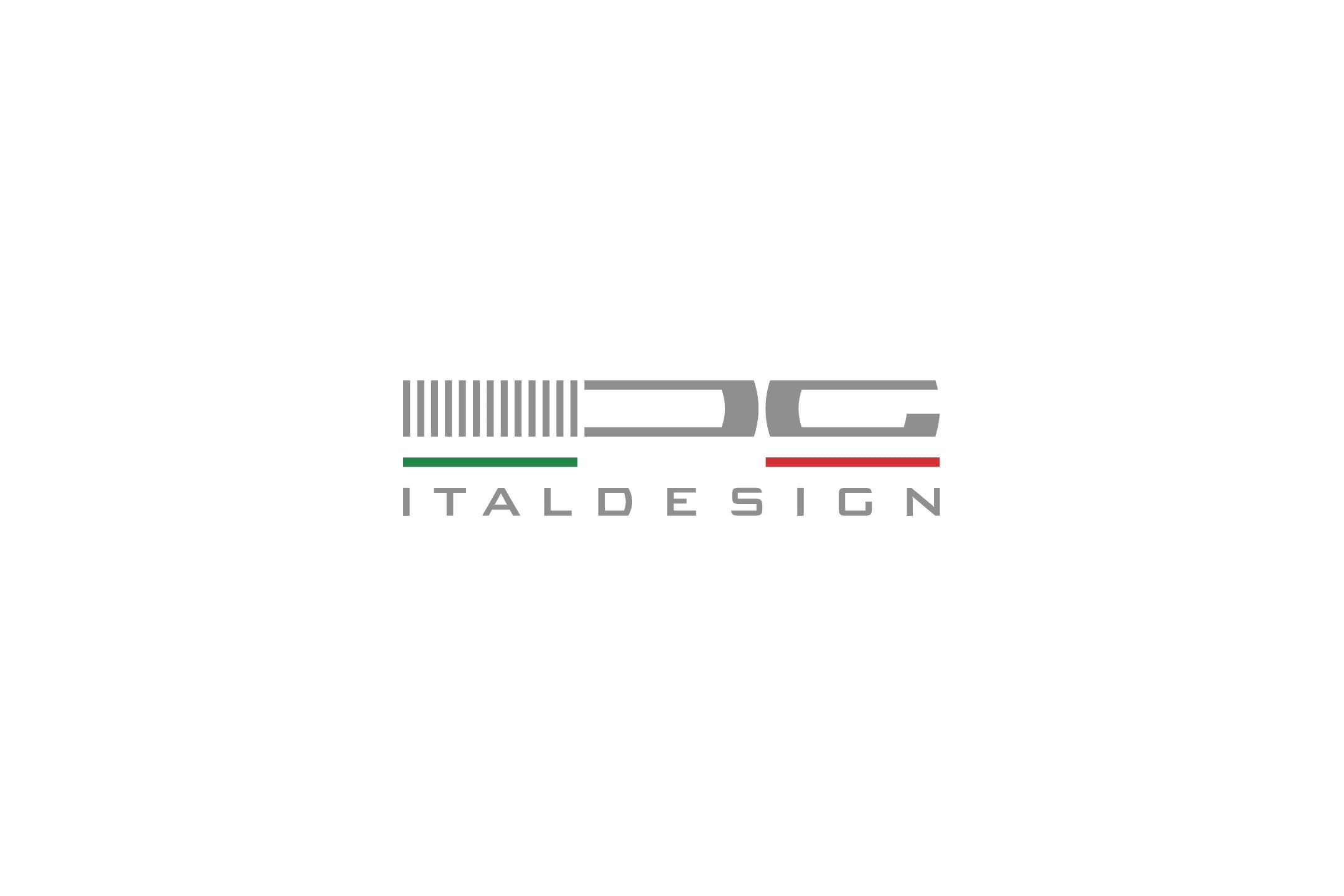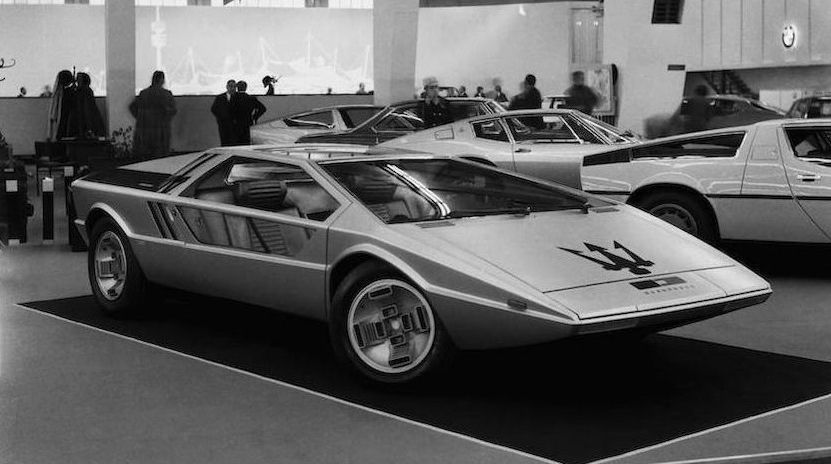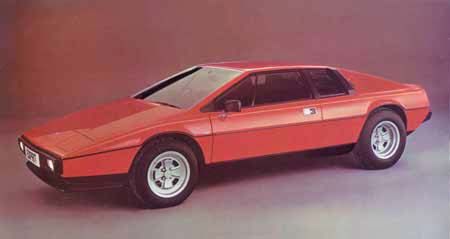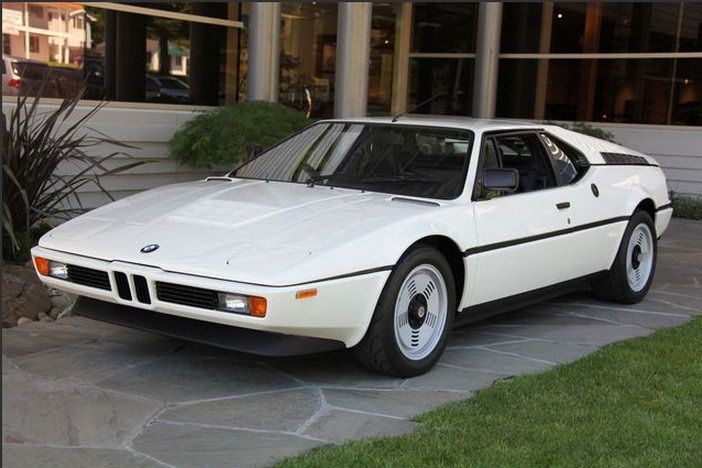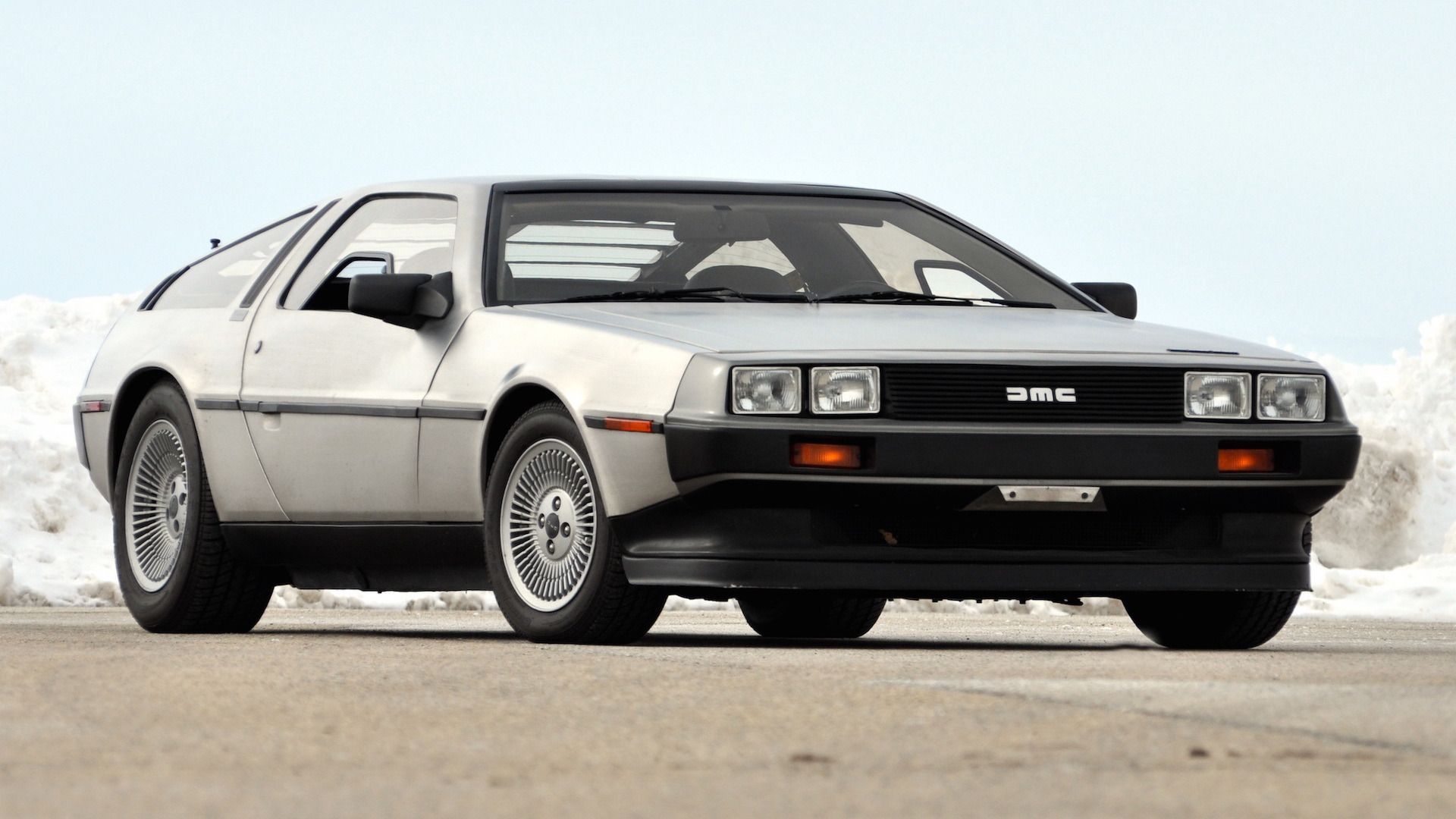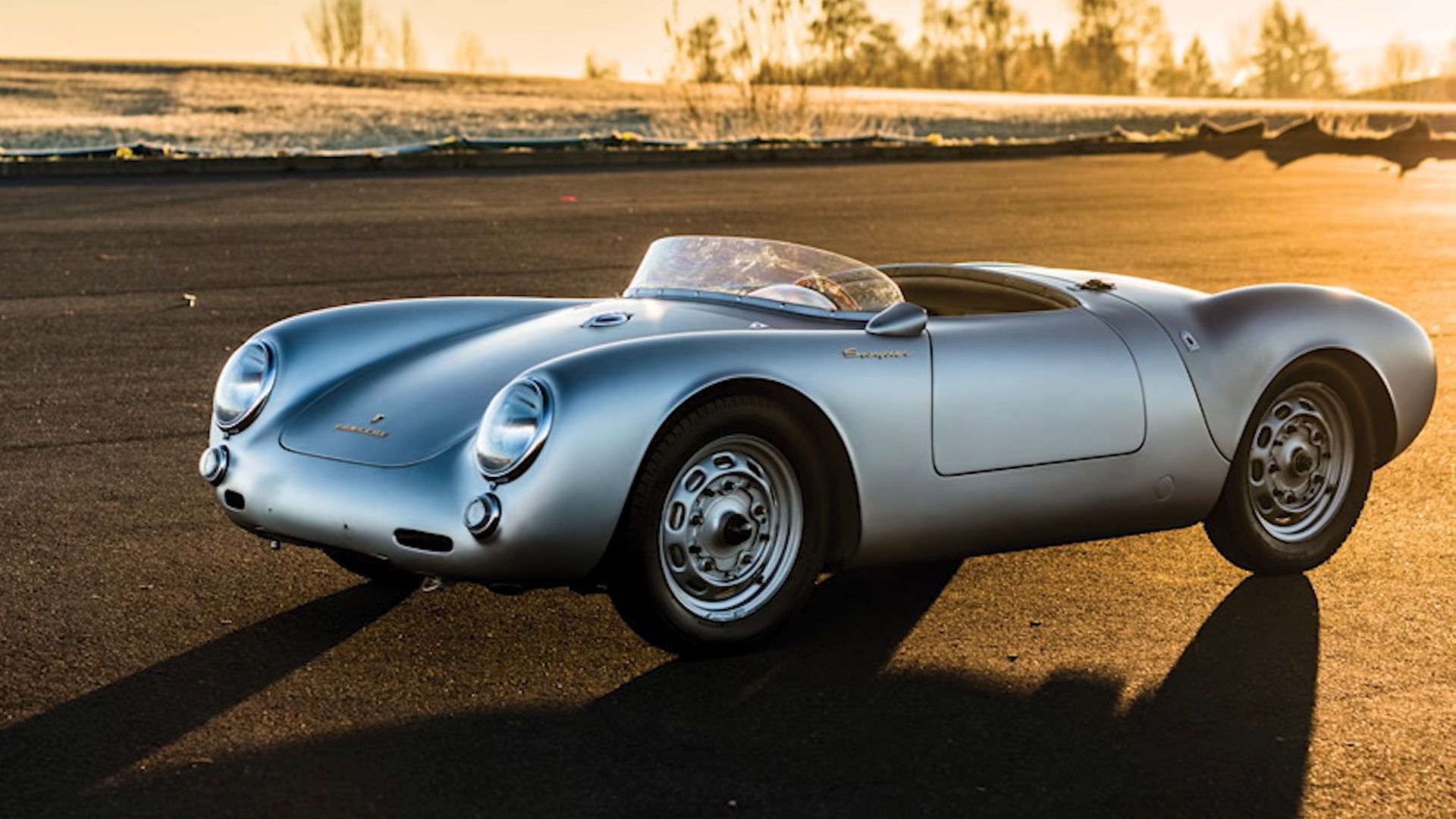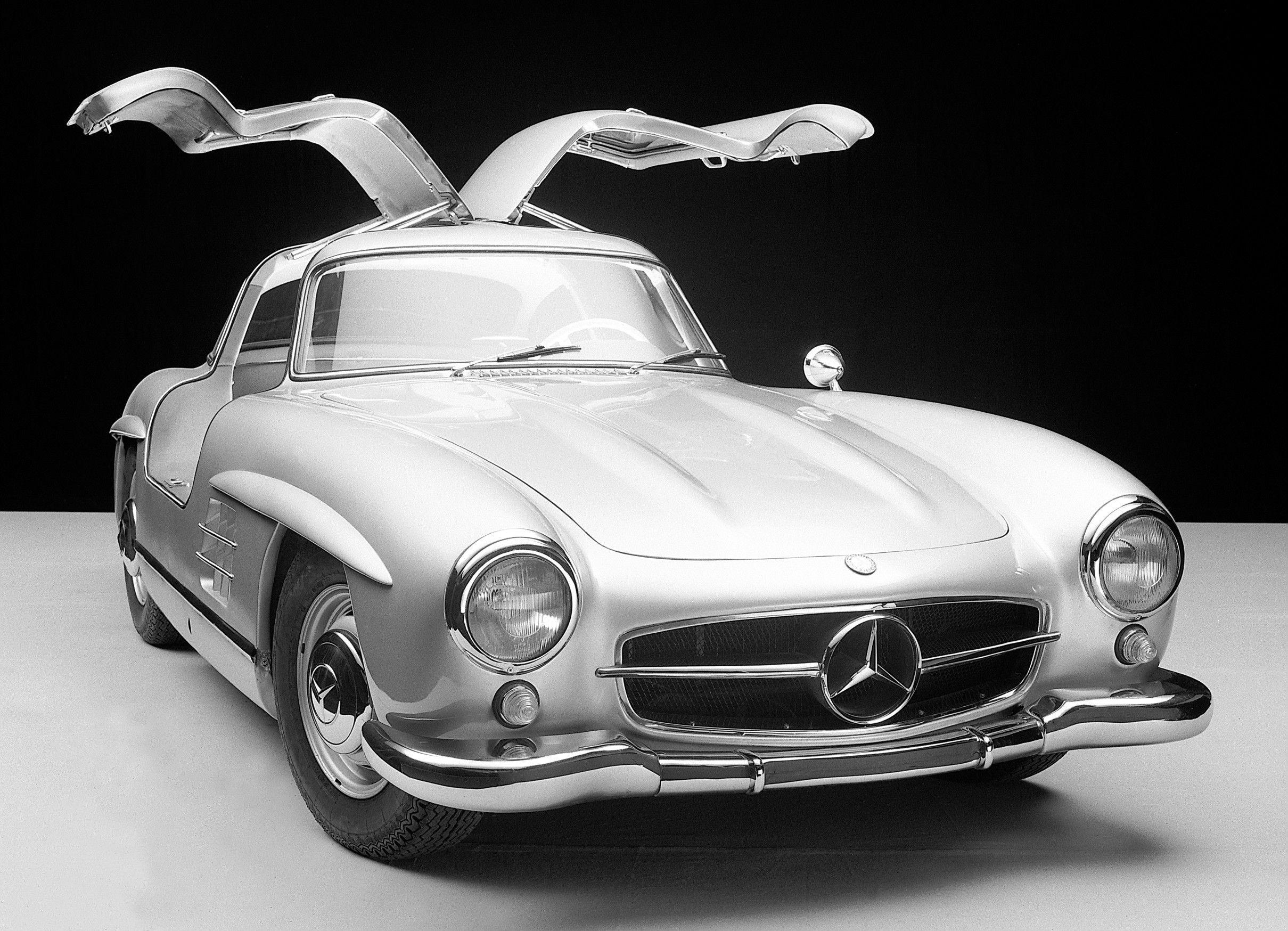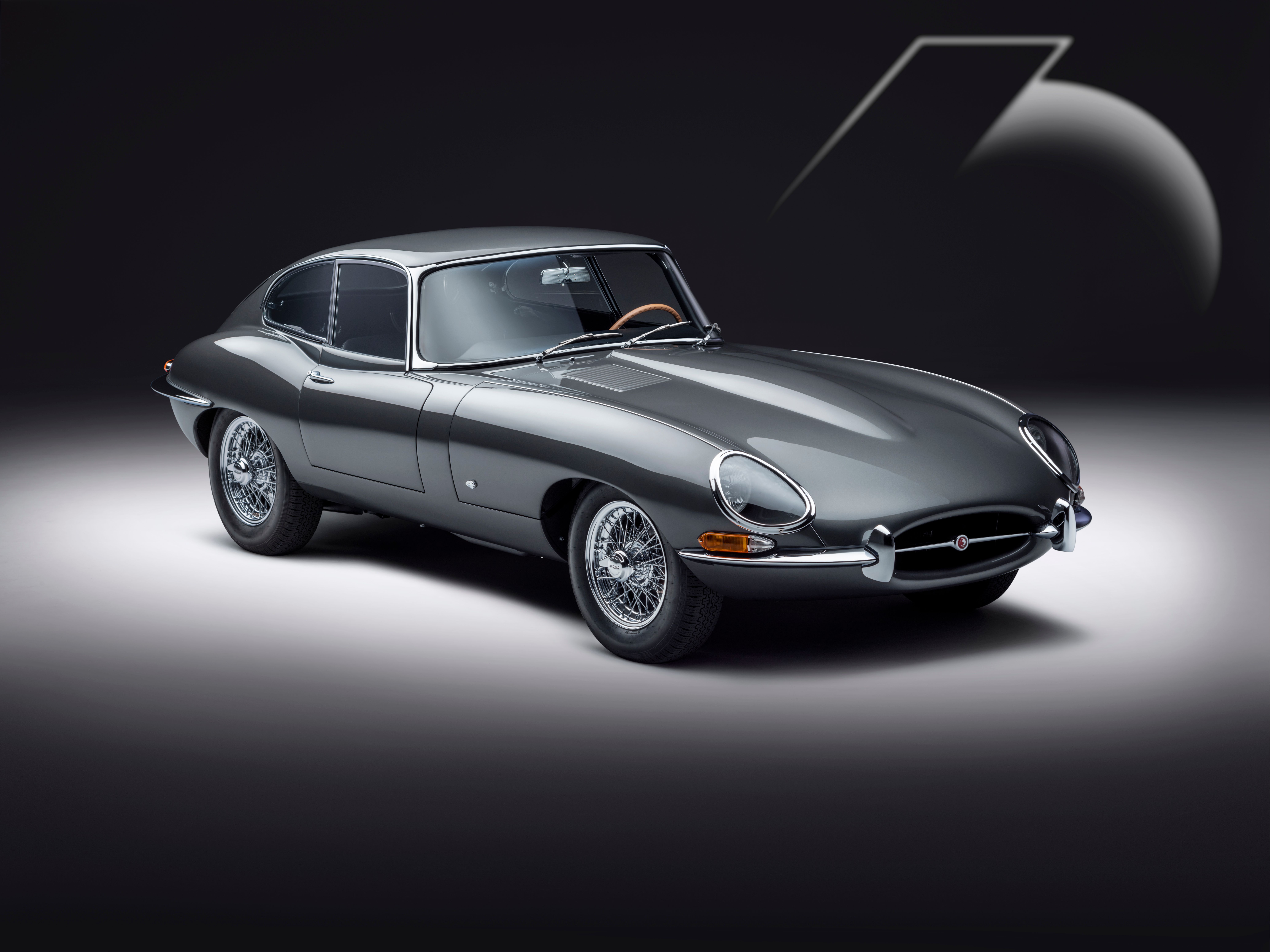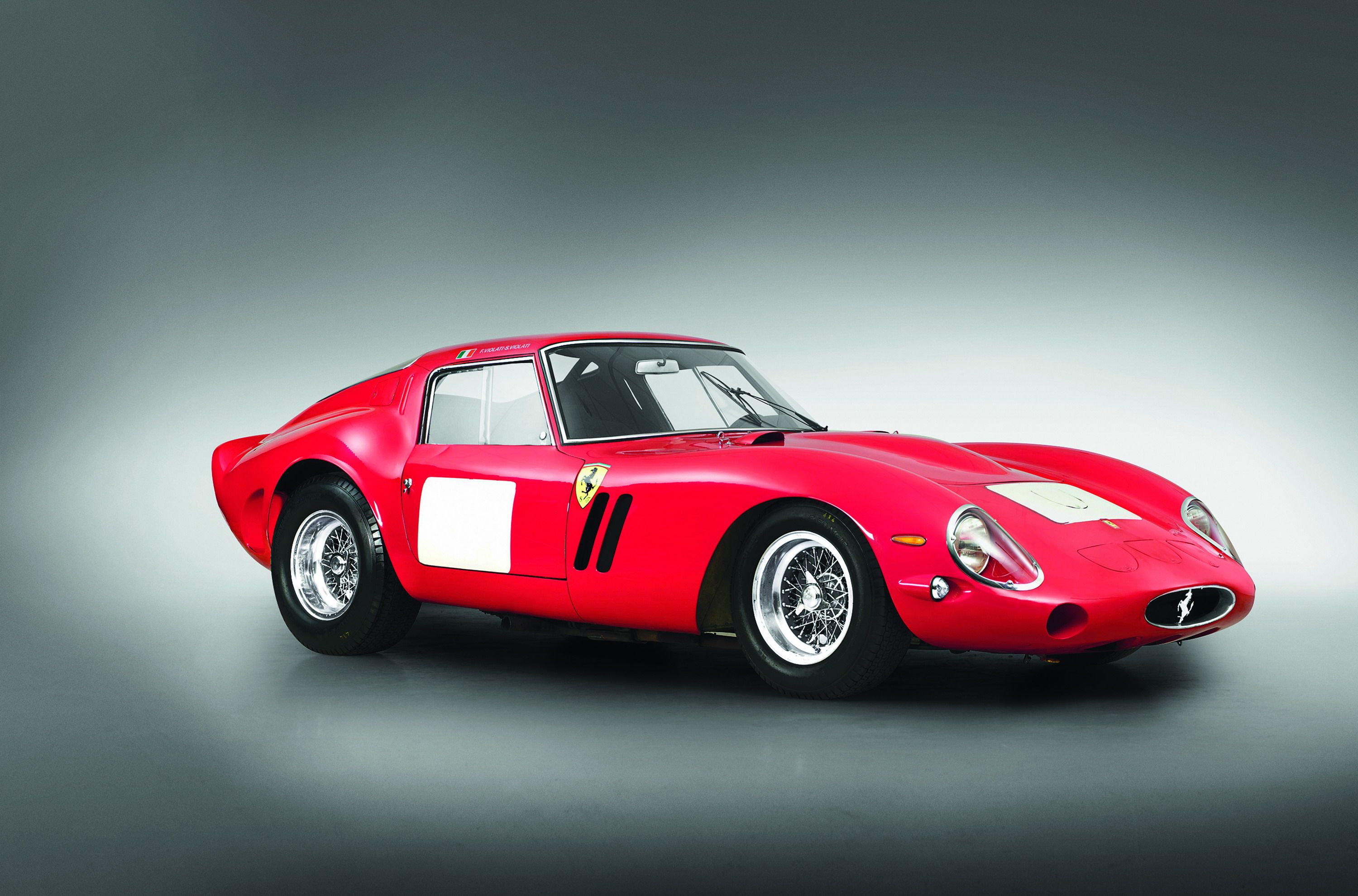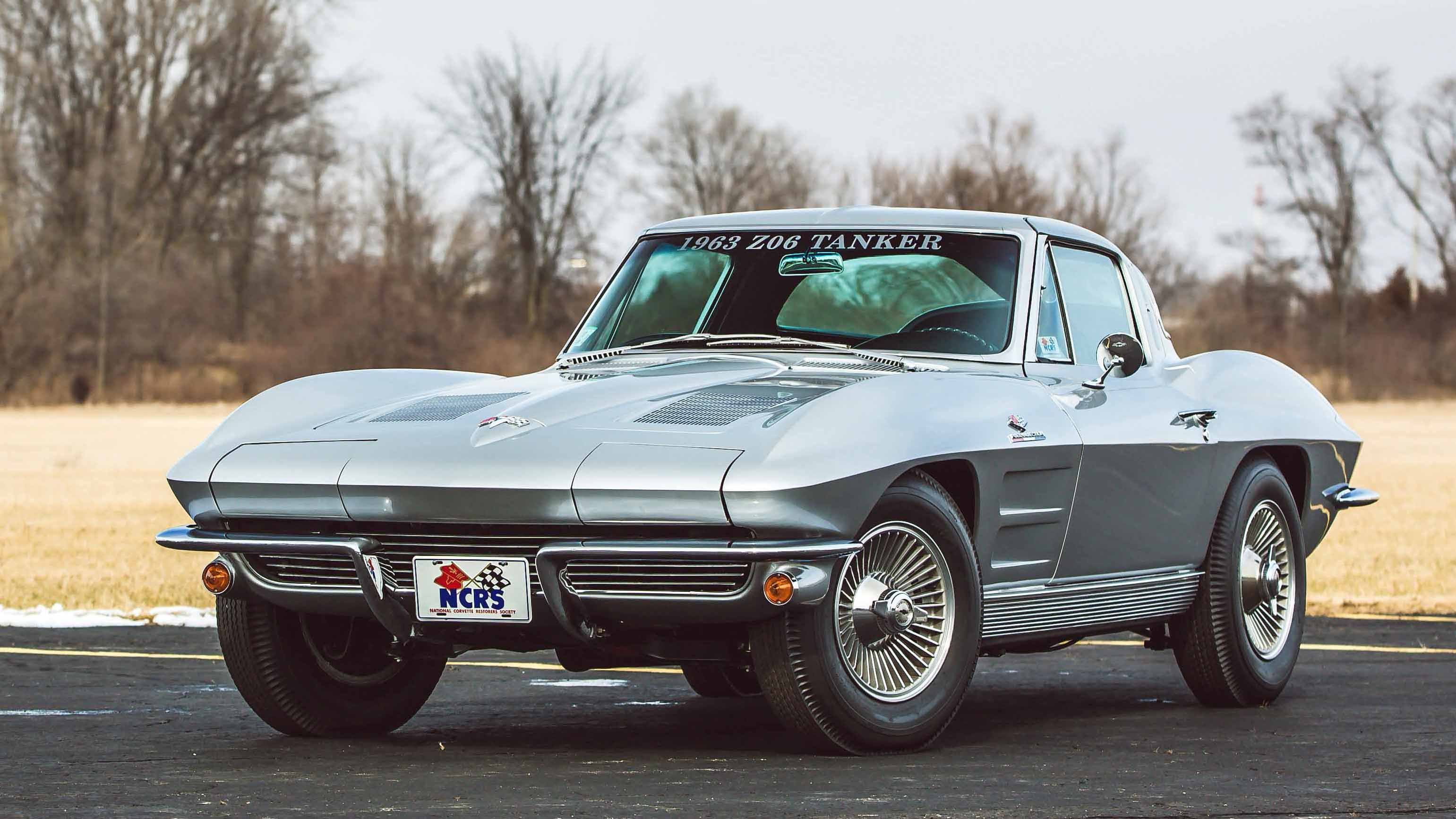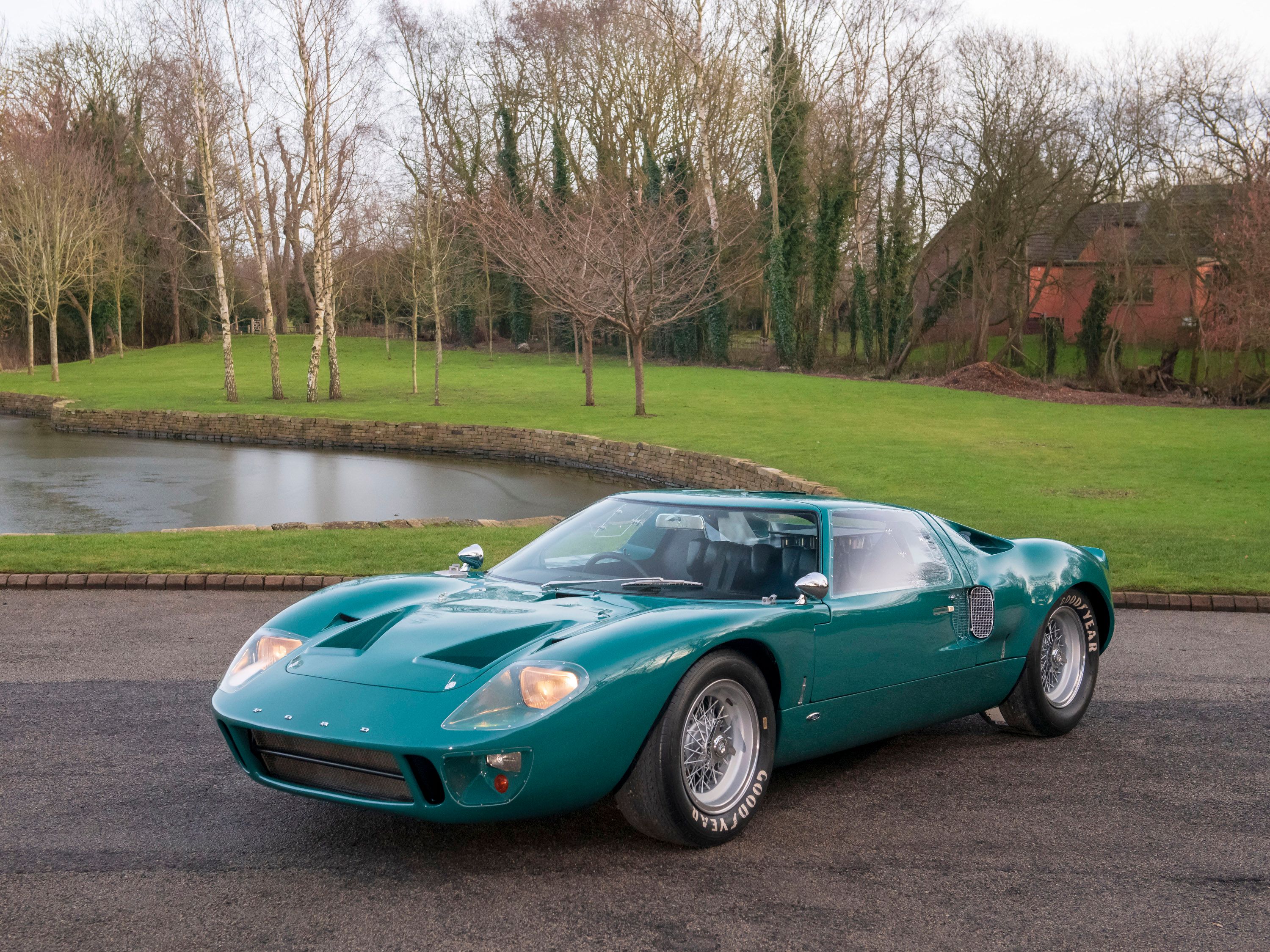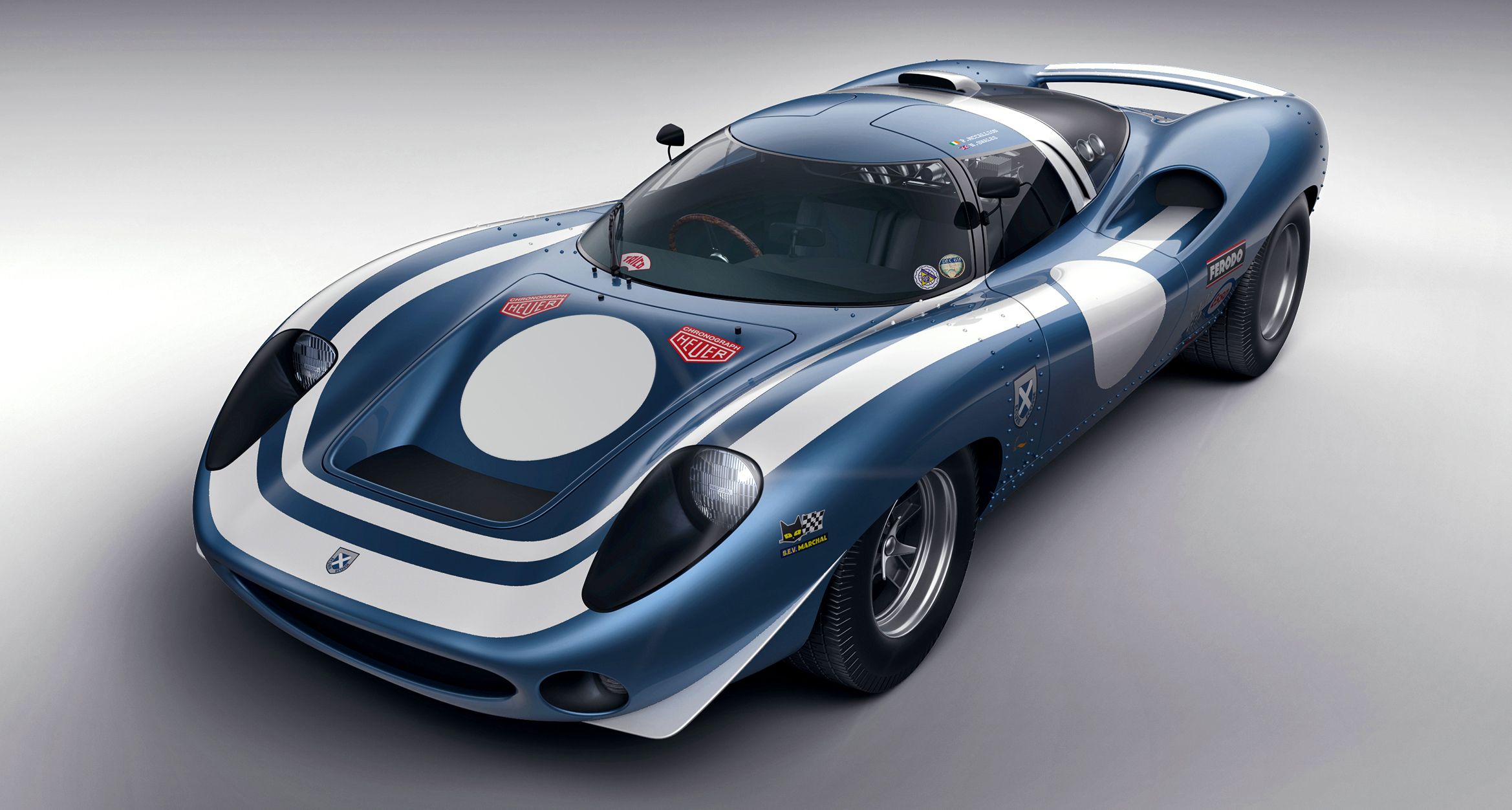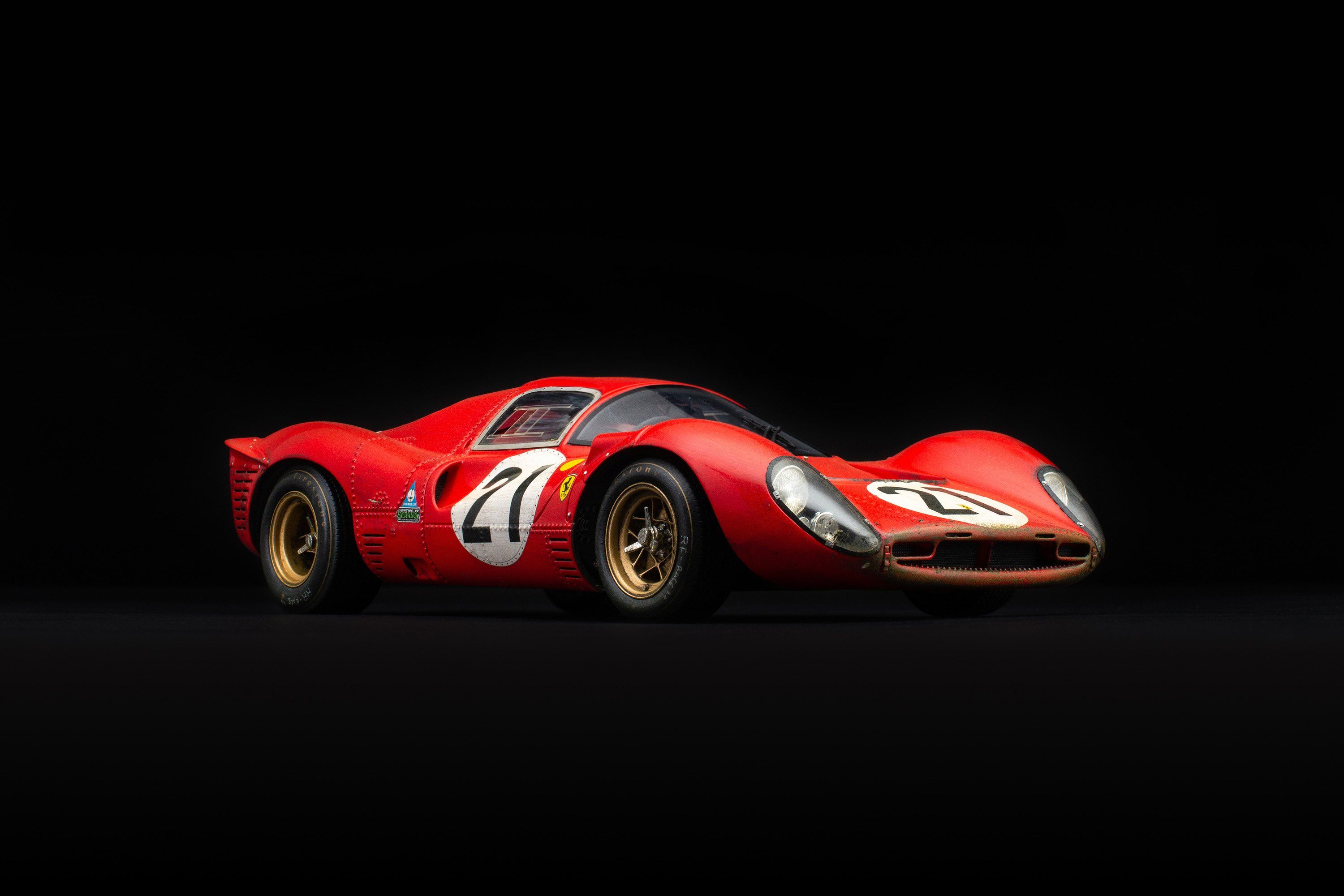I’ve said this before and I’ll say it again, design and style is an extremely subjective affair. Now coming up with a list of the most beautiful cars in the world was a real challenge.
There are practically hundreds if not thousands of fantastic-looking automobiles to have come out over the past century, but the 25 examples that I’ve listed in this post sure are some of the very best ones out there. They mainly include cars conceived by the big five Italian styling houses from the early ’50s through the 80s.
The Premise
Ferrari Thomassima II
It should also come as no surprise that some of the most aesthetically pleasing cars ever made came from Italy and for good reason. The land of Micheal Angelo, Davinci, and the Italian Renaissance has had a profound influence on design and aesthetics for centuries. The European nation is a Mecca for fashion, style, and exquisite craftsmanship. Italy has always set the benchmark for exterior design and that same ethos carries over to automobiles as well.
As a consequence, my focus will mainly be on the legendary Italian Design Houses that automakers from around the world have turned to, for styling their vehicles for decades. Humanity as a whole took a giant leap forward during this time as Man set foot on the moon and the jet-set age was beginning to take shape.
This was also a great time for car design, the 'Golden Age Of Car Design', if I may. While most of these cars on this list cars are high-performance speed machines, my premise will be on their achingly beautiful body which was nothing short of moving pieces of sculpture.
While front-engined coupes and roadsters were all the range in the '50s, the '60s saw a new race-car-inspired layout take shape. This fundamental shift transformed the landscape of automotive design forever and it set the tone for car design for decades to come. The learnings from the 60's still inspires automotive design today.
You’ll most likely find some of these timeless exotics, gracing the lawns of some of the most prestigious events on the annual automotive calendar like the Concorso d'Eleganza Villa d’Este, or at Pebble Beach in California.
The Art Of Coach Building
In the early days of motoring, when series production did not yet exist, the process of acquiring a new vehicle was more complex. You could buy yourself a rolling chassis from an automaker. It was made up of just the drivetrain and powertrain.
The rolling chassis was made of
- Engine and transmission
- Steering and suspension system
- The frame of the vehicle
- Axles, differential, and wheels
You could then approach a coachbuilder to design and customize a body to your requirements and taste. This is coachbuilding 101 for you. The sky was the limit with such a process and the body panels that made up the clean aerodynamic lines were beaten to perfection by skilled Italian craftsmen.
While this was a popular practice from the ’20s through the 40s’ there were countless coachbuilders across the world. After World War II, the mass production of cars went mainstream. The safety of cars also became paramount and a limiting factor in the creativity and freedom of these coachbuilders. As a result, many of these establishments went under.
Post-war Italy, particularly the North, in the areas surrounding Milan, became a Mecca for good design and several renowned automotive brands from around the world constantly turned to Italian ateliers, to create masterpieces. Some of the most notable Design houses that thrived in the Postwar era include.
- Bertone
- Zagato
Let’s take a look at some of the cars that these Italian design houses gave us, which were by far some of the most sensuous and desirable automobiles to have ever been conceived.
Pininfarina
Pininfarina is a design firm that is unrivaled in the automobile industry. The firm has become synonymous with creating stylish automobiles. It is the most well-known design house in Italy. Battista "Pinin" Farina created the company. In 1930, he changed his surname to Pininfarina. Farina created the company. In 1930, he changed his surname to Pininfarina.}} Over the last 90 years, the company has worked closely with brands like Alfa Romeo, Peugeot, Maserati, and, most notably, Ferrari. In fact, Pininfarina has designed more than Ferrari cars since the two companies began working together in the late 1950s.
Sergio, the founder's son, and a world-renowned designer took over the company in 1961 and continued to design cars of the finest quality. The crude artisan framework was transformed into a true high-level industrial reality in the following decade, until the 1970s, with the creation of some of the most iconic designs, such as the 124 Sport Spider, the Lancia Flaminia, Lancia Flavia Coupé, and of course the Alfa Romeo Spider.
Aside from excellent concepts, the renowned design firm has made substantial contributions to breakthrough automotive manufacturing procedures, such as the pioneering unibody construction and aerodynamic testing employing full-sized wind tunnels. Five significant automobiles were designed by Pininfarina.
Alfa Giulietta Spider - 1955
Maserati A6GCS Berlinetta - 1954
Ferrari 250 GT Berlinetta SWB - 1962
Dino Berlinetta Speciale - 1965
Alfa Romeo Tipo 33-2 Coupe Speciale - 1969
Bertone Design
Carrozzeria Bertone was formed in 1912, more than a century ago. Giovanni Bertone was the mastermind behind it all. While Bertone, like Pininfarina, was renowned with their coach projects in the 1920s and 1930s, it wasn't until the late 1960s and early 1970s that they became a pioneer in automobile design for their unusual and futuristic wedge-shaped designs.
In 1959, with the hire of a young designer: Giorgetto Giugiaro, was hired Bertone, but after producing the Alfa Romeo Giulia GT, he moves on to another styling house across town to Ghia, before setting up his own independent practice in 1968.
As Giugiaro's replacement, Bertone hired Marcello Gandini, who penned cars like the Lamborghini Miura and Countach, the Alfa Romeo Montreal, the Fiat X1/9, and the Lancia Stratos. While other Italian design studios contributed to the wedge trend, no one did a better job than Bertone.
Their distinctive design language was influenced by their extensive work with Automobili Lamborghini, which resulted in iconic vehicles such as the Miura and the Countach, but Bertone's distinctive features also made their way onto Fiats, Citroens, and even Volvos.
Here are some of the most stunning designs from the house of Bertone Design
Chevrolet Corvair Testudo - 1963
Lamborghini Miura - (1966-73)
Alfa Romeo Montreal - (1970-77)
Lancia Stratos - (1973-78)
Lamborghini Countach - (1974-90)
Zagato Milano
After a stint in aeronautics in World War One, Ugo Zagato decided to turn his attention to automobiles in 1919. Cars at the time were quite heavy and cumbersome, so he attempted to build cars that were both lightweight and aerodynamic, drawing on his expertise working on aircraft. His desire to design light automobiles drew the attention of Alfa Romeo, who commissioned him to build a body for the Alfa 6C 1500, which finished second in the Mille Miglia in 1927.
Zagato continued to create early racers, constructing bodywork for an amazing 36 vehicles that competed in the 1938 Mille Miglia. In the 1950s and the early 60s, Zagato saw real growth, particularly in the sector of Gran Touring cars.
In 1956, he collaborates with Ferrari on the development of the 250 GT Zagato, and the following year, thanks to his recommendation to Lancia's then-technical director Antonio Fessia, the flagship Flaminia also became the first Italian car with rear disc brakes. The coupé variant of the Maserati 450S race car was also introduced in 1957.
In the second half of the 1950s, marked by the debut of the Lancia Flaminia Sport and Supersport in 1958 and, the following year, Elio's victory at the Coppa Sant'Ambroeus with a Fiat 8V and the beginning of the partnership with Abarth, Zagato became a renowned name.
Porsche 356 Carrera - 1957
Aston Martin DB4 - 1958
Alfa Romeo Giulia TZ2 Zagato - (1963-67)
Maserati A6G Berlinetta Zagato - (1956 )
Lancia Fulvia Raylle Zagato - (1963-76)
Carrozzeria Touring
Carrozzeria Touring was established in 1926. The company is well-known for specializing in "Superleggera," which translates to "super light" in Italian. which translates to "super light" in Italian.}}
Falco Body Shop was located in the northern fringes of Milan, in Via Ludovico de Breme, just a stone's throw away from Portello, wherein Alfa Romeo's headquarters are located. It was operated by Vittorio Ascari, the legendary pilot's brother. In 1926, two friends, Felice Bianchi Anderloni and Gaetano Ponzoni, both lawyers with a strong interest in automobiles, took over Falco and established the Touring Superleggera body shop.
Their plan was to use thin steel tubes as a shell, over which aluminum panels were mounted that make up the bulk of the bodywork. This piqued the interest of automakers such as Alfa Romeo and Isotta Fraschini.
The company's affiliation with Ferrari, as well as the genesis of the famed "Villa d'Este" label, traces back to this period, an idea born in the pre-war period, but now presented as the product of an imperceptible but ongoing stylistic progression. Their legendary designs and techniques helped the company earn first place at Villa D'Este in 1931. Touring, like Zagato, produced several stunning designs in the 1950s and 1960s, most of which were well ahead of their time.
Following that, Touring will propose a large variety of cars, including the most well-known, the Alfa Disco Volante, Ferraris, the 1957 Maserati 3500GT coupe, which saw Maserati make a strong comeback, the Bristol 401, the Pegaso, and of course the Aston Martin DB4.
Alfa Romeo Disco Volante - 1952
Maserati 3500GT (1957 - 1960)
Aston Martin DB5 - 1958
Lamborghini 350GT - 1964
Jensen Interceptor - 1966
Italdesign Giugiaro
Giorgetto Giugiaro, a designer who worked at Bertone Design, founded his own practice, Italdesign Giugiaro in 1968. While the firm is the youngest of the five major Italian design houses, this does not diminish the quality of its work. From the outset, the business explored collaboration with the mainstream automakers like Volkswagen to develop vehicles.They included cars like the Passat, Scirocco, with the Mk1 Golf being the most notable one. As a result, while most design firms focused on flagship sports cars and limited-edition specials, Giugario's innovations found their way onto more mundane vehicles, bringing superb automotive design to the masses. That's not to suggest Giorgetto Giugiaro's ingenuity didn't produce more unique designs.
His innovative exuberance drove him to design GranTurismo and legendary luxury cars including the 1200 Coupé del Biscione, the Alfa Romeo Giulia GT, and the BMW 3200 CS, while never abandoning the idea of functionality and conformity with the time's standards. Its lines are flowing and seductive, and the most remarkable example from those years is the Chevrolet Testudo, a concept car that reimagines the sporty stylistic aspects of the American brand in an Italian way. Here are five standouts from Italdesign
Alfa Romeo Iguana - 1969
Boomerang Maserati Concept - 1972
Lotus Esprit - (1976-04)
BMW M1 - (1978-81)
DeLorean DMC-12 - (1981-82)
Bonus Cars
While my focus in this article has predominantly been on cars conceived in Italy, I can’t leave out these beauties from around about the same period. Here they are.
Porsche 550 - (1953-56)
Mercedes 300 SL - (1954-57)
Jaguar E-Type - (1961-75)
Ferrari 250 GTO - 1962
Chevy Corvette Stingray - 1963
Isorivolta - 1963
Ford GT 40 - (1964-66)
Jaguar XJ 13 - 1966
Alfa 1900 ATL - 1966
Ferrari P4 - 1967
Conclusion
So, that rounds up this rather exhaustive list of some of the best-looking Italian cars conceived in the booming fifties and swinging sixties. But in all honesty, this post doesn't do justice to the countless other masterpieces from across the world.
However, this article is a tribute to what these Italian Design Houses set out to achieve, perfection, because the trends they set acted as a catalyst for automotive design and the world has since never looked back. These cars are nothing but breath-taking pieces of art and sculpture and wouldn't look out of place in a museum or art gallery.
Q&A
What is the most beautiful car in the world?
What is the most beautiful car brand in the world?
Is Pininfarina owned by Mahindra?
Does Pininfarina still design Ferraris?
How much does an Italdesign Zerouno cost?
Who owns Touring Superlegeggera?
Who designed the Alfa Romeo Disco Volante?
FAQ
Q: What is the most beautiful car in the world?
While the design is subjective the Ferrari 250 GTO is often considered to be the most beautiful car in the world.
Q: What is the most beautiful car brand in the world?
The Italian brand, Alfa Romeo has produced some of the most beautiful cars consistently, thanks to their partnership with several styling houses like Pininfarina and Touring Superleggera.
Q: What is a coach-built car?
A coach-built car is essentially a car where a bespoke body was custom made on a rolling chassis, on request. This was a common practice up until the '50s when a series production of automobiles went mainstream. Some of the more renowned coachbuilders include Pininfarina, Bertone, Ghia, Zagato, Vignale, and Touring Superleggera.
Q: Is Pininfarina owned by Mahindra?
Pininfarina was acquired by the Indian conglomerate Mahindra and Mahindra for $185 Million, holding a 76% stake in the Italian company.
Q: Does Pininfarina still design Ferraris?
Pininfarina no longer designs cars for Ferrari. The two Italian firms have parted ways after collaborating for more than half a century, designing 100+ cars.
Q: Does Bertone still exist?
Gruppo. Bertone, or Bertone as it is more commonly known filed for bankruptcy in 2014. The famed Italian Design House was acquired by AKKA Technologies in 2016.
Q: What nationality is Bertone?
The Italian Design House, Gruppo Bertone was founded by Giovanni Bertone in Turin, Italy in 1912.
Q: How much does an Italdesign Zerouno cost?
First seen at the 2017 Geneva Motor Show, the Italdesign Zerouno costs a cool $1.7 Million.
Q: Who owns Italdesign?
100% of Italdesign is currently held by the Volkswagen Group's Audi brand
Q: Who owns Touring Superlegeggera?
A group of private investors specializing in high-end automotive makes, currently own the brand and the trademarks to the Touring Superlegeggera name.
Q: Who designed the Alfa Romeo Disco Volante?
The 1900 C52 Disco Volante, commonly known as the flying saucer was designed by Gioacchino Colombo.
Q: What is a Zagato Car?
Zagato is a coachbuilder based in Milan Italy. They are responsible for some of the best-looking cars of all time, like the 1960 Aston Martin DB4 Zagato.
Q: Is Zagato still in business?
Zagato Milano is the sole family-run independent coachbuilder from Italy. They have collaborated with several automakers like Bentley, Aston Martin Alfa Romeo and Ferrari over the years to create absolute masterpieces

